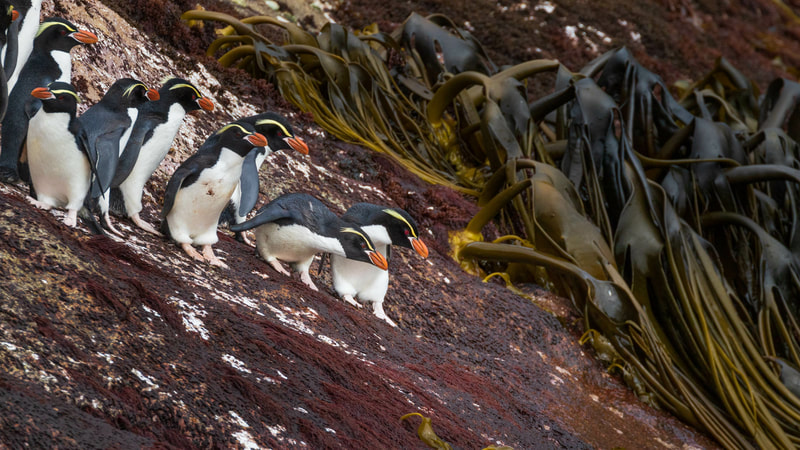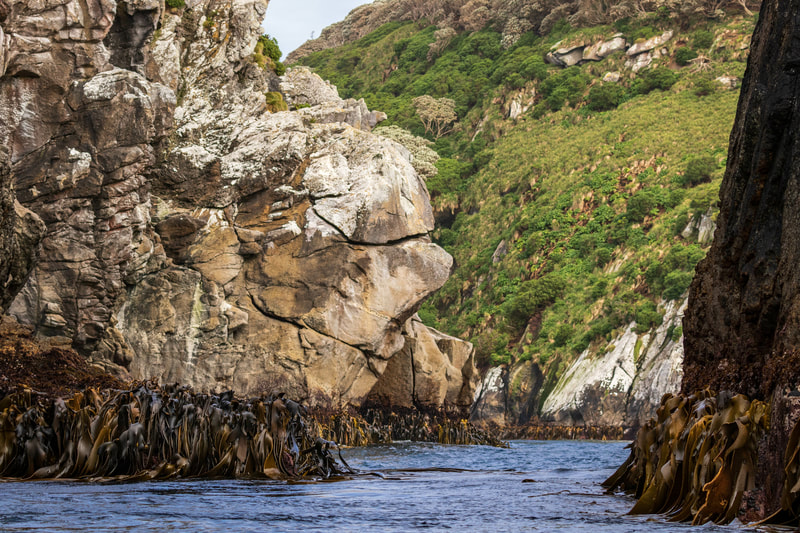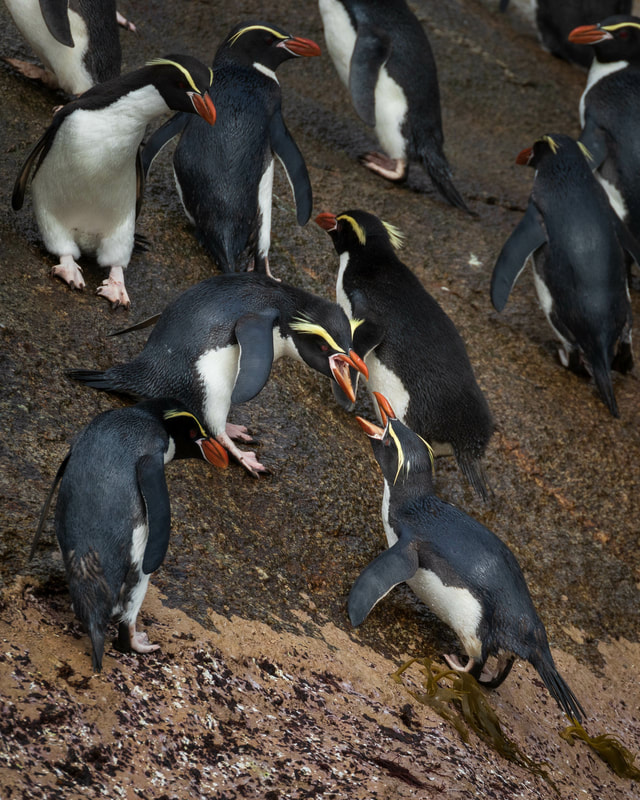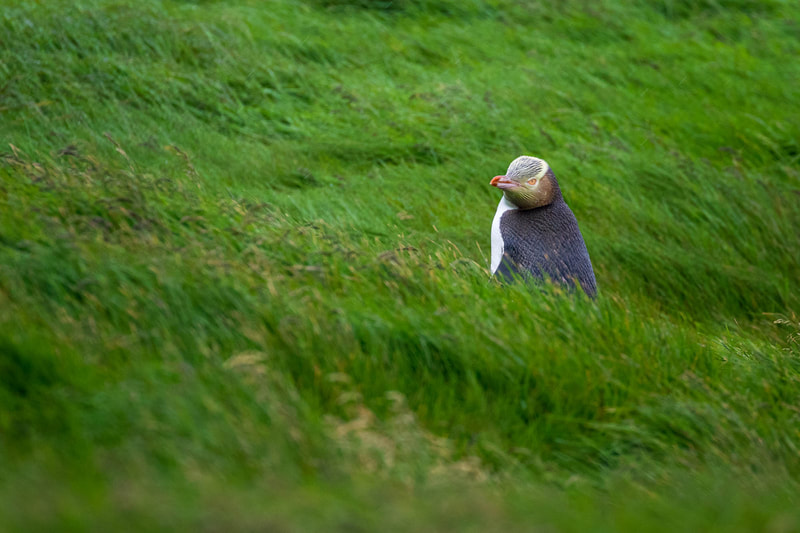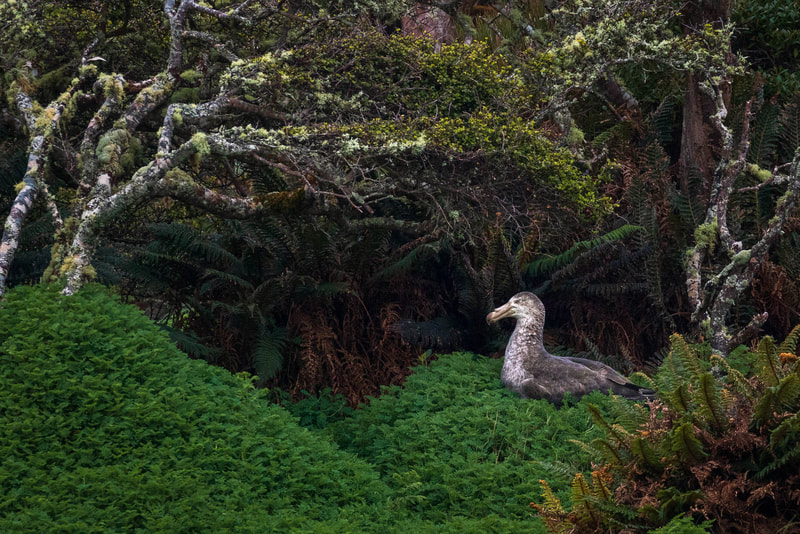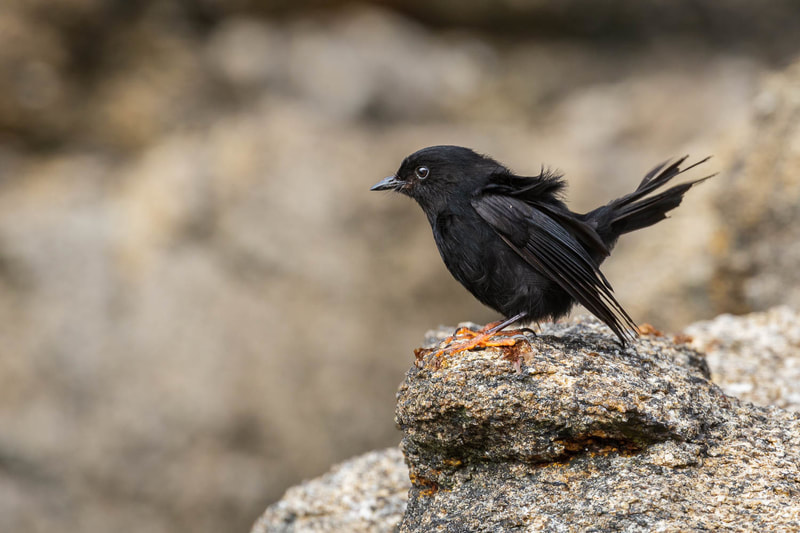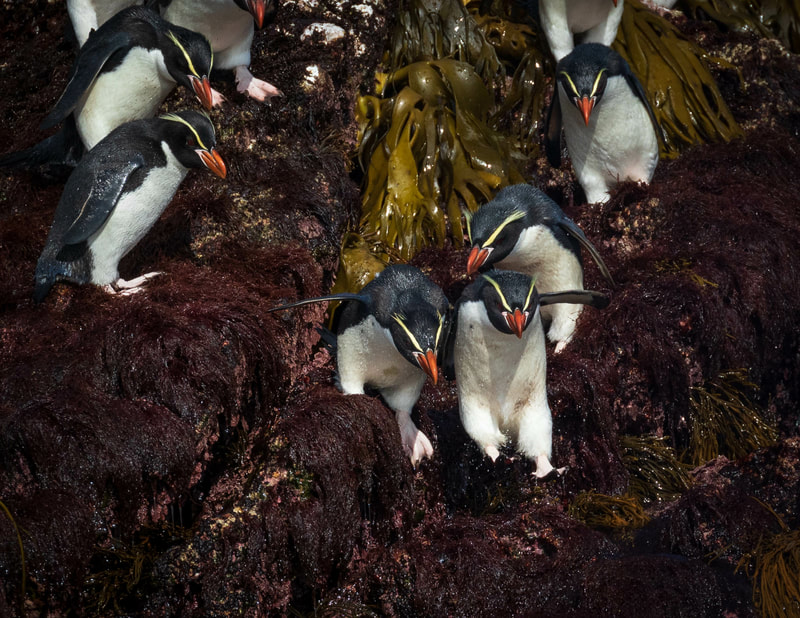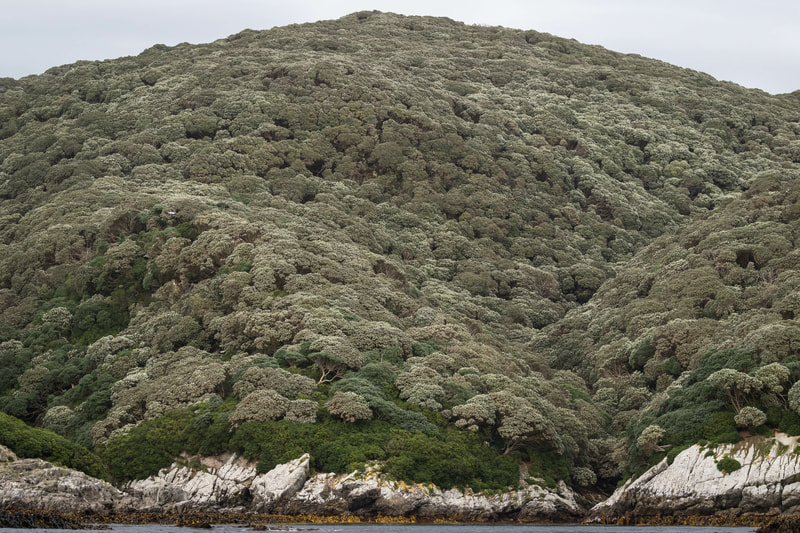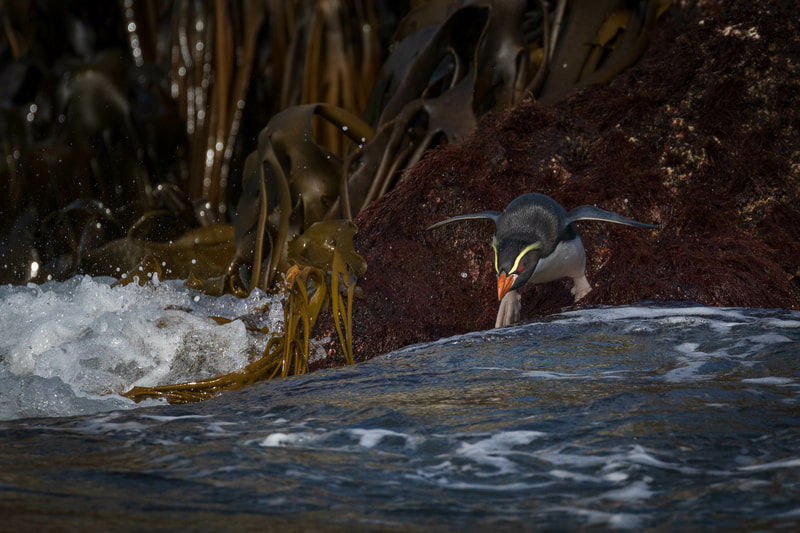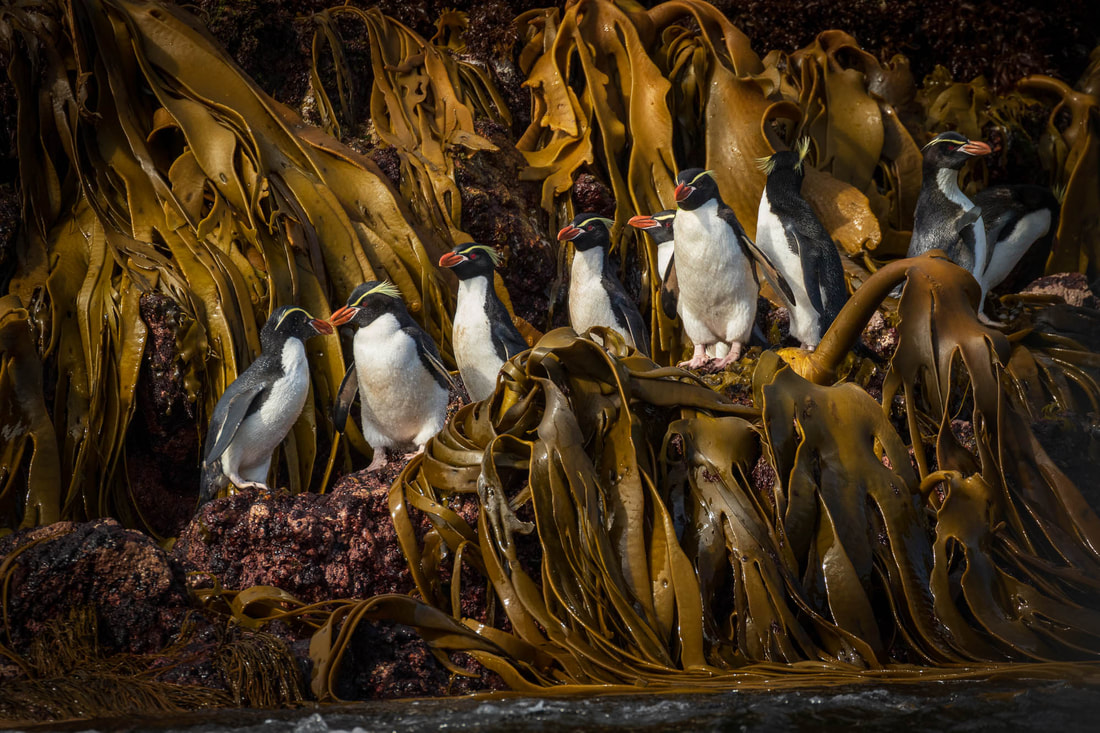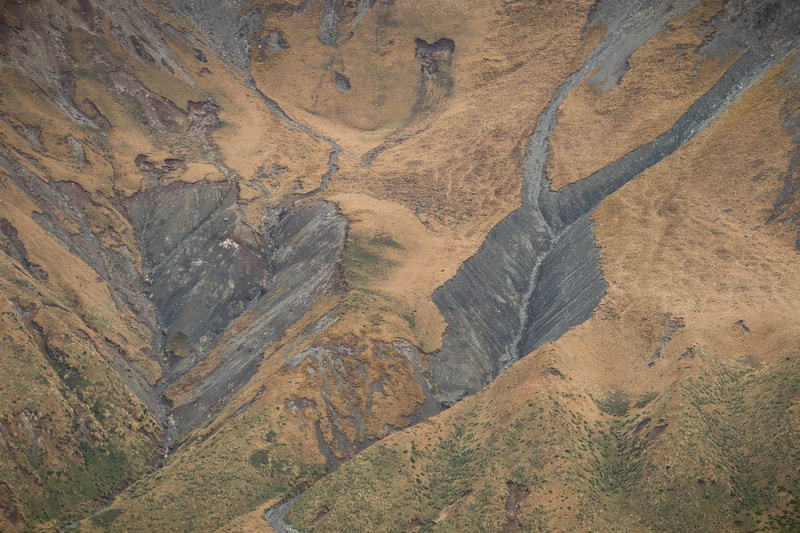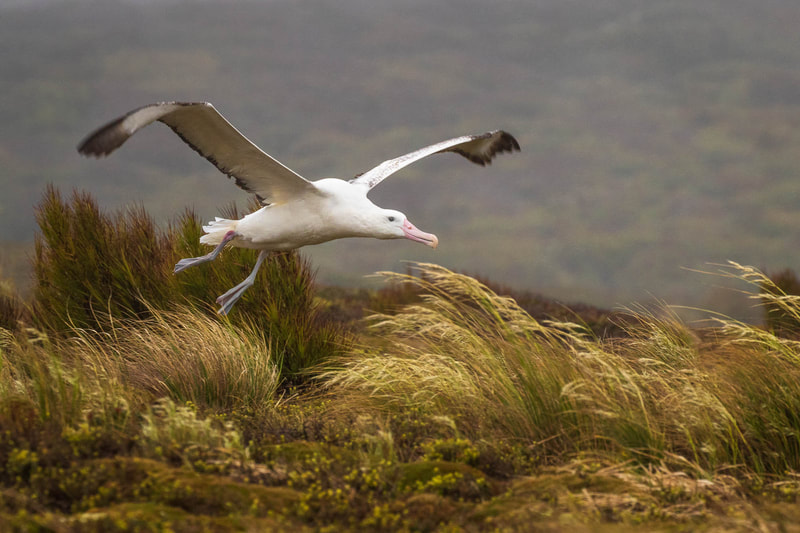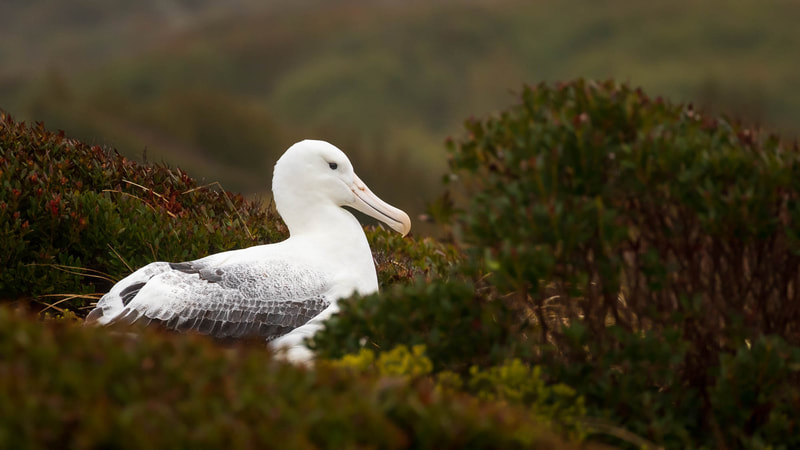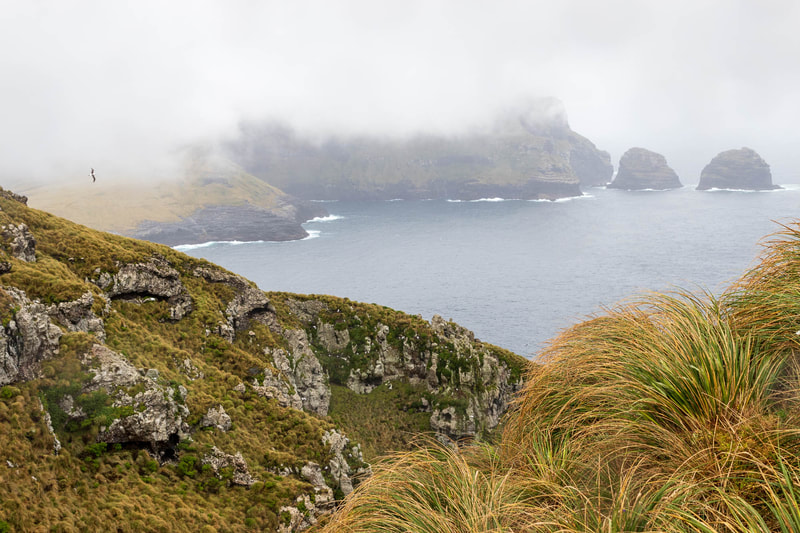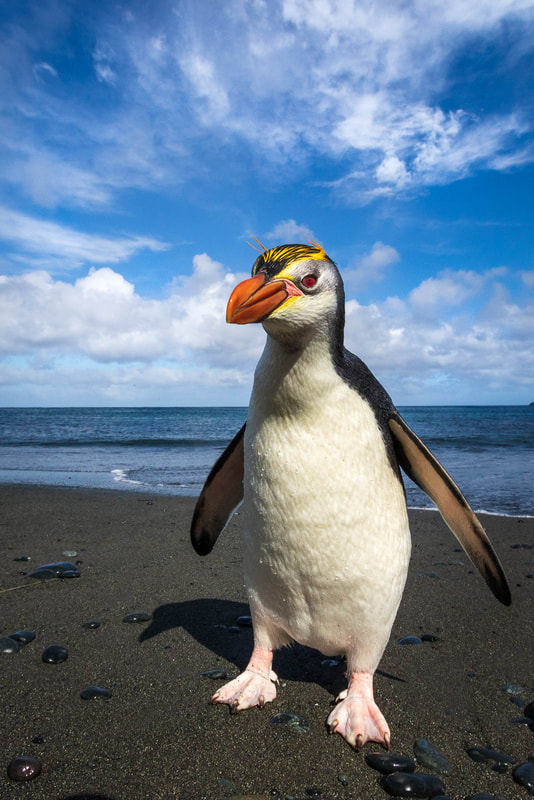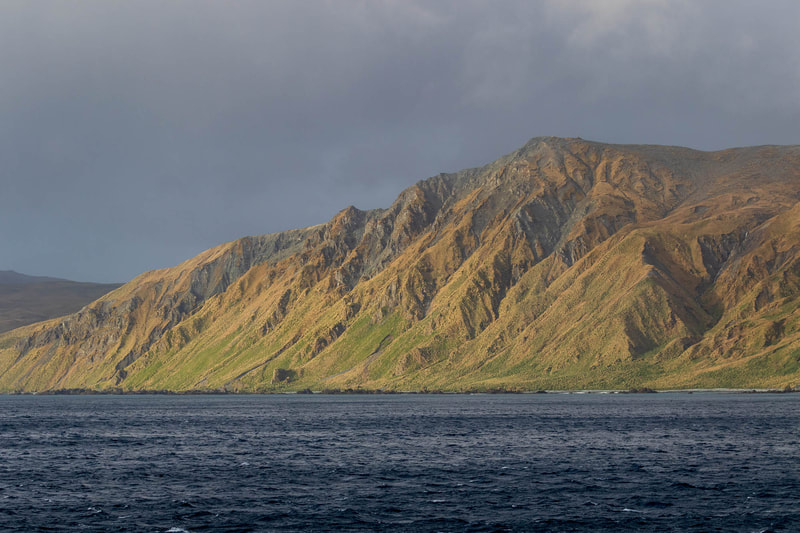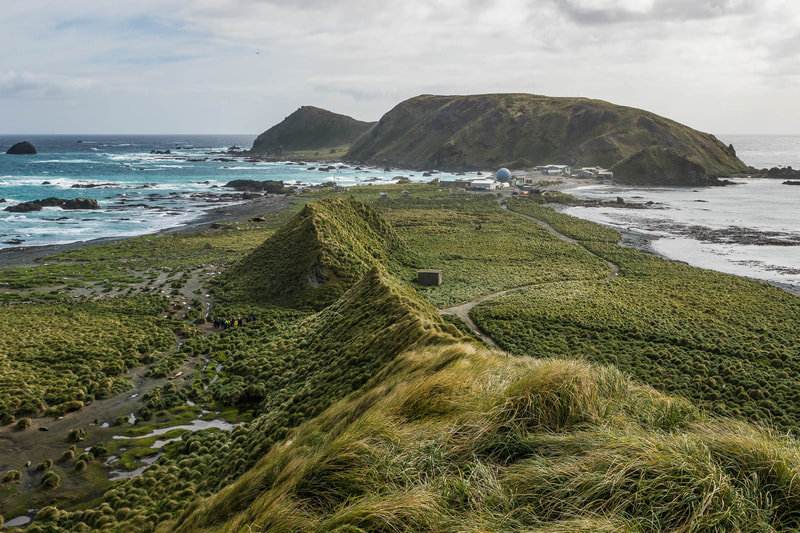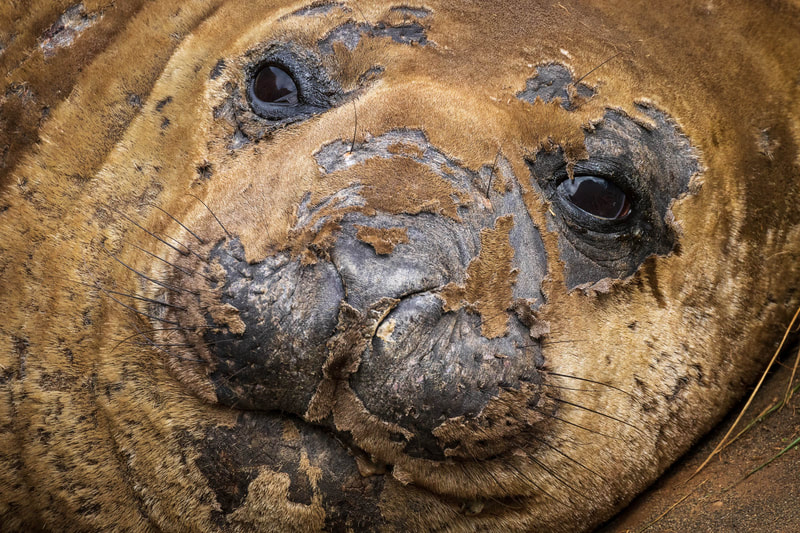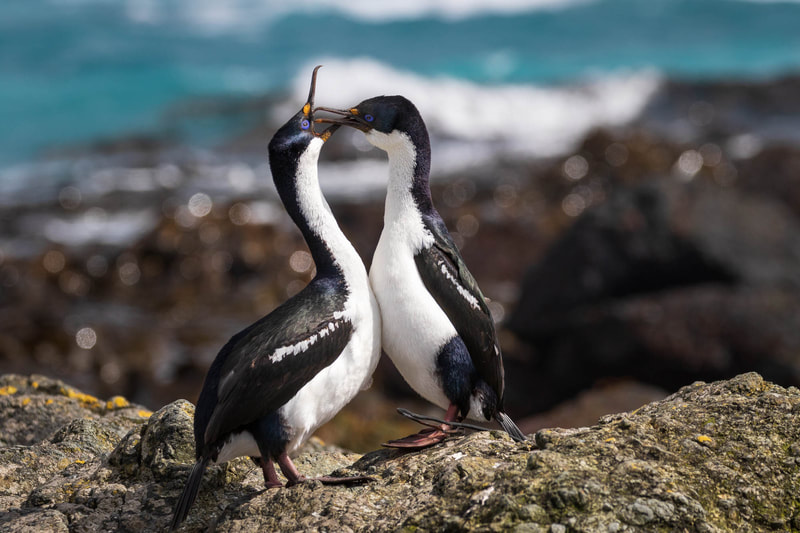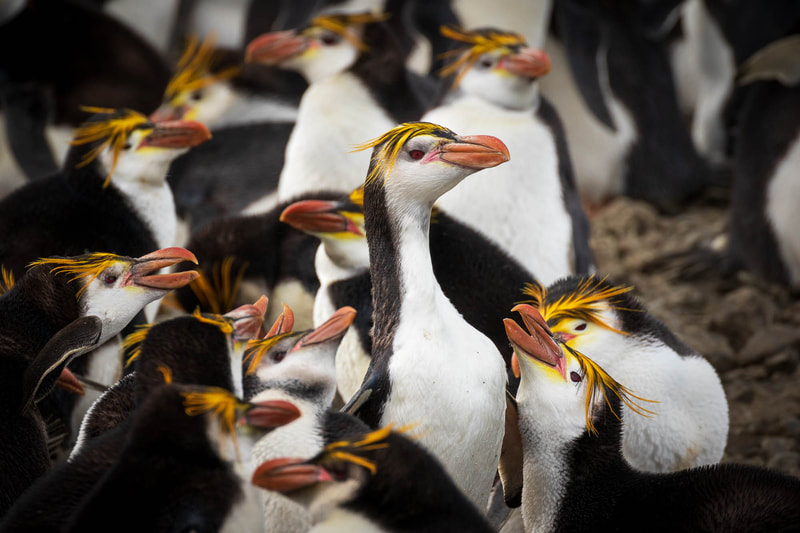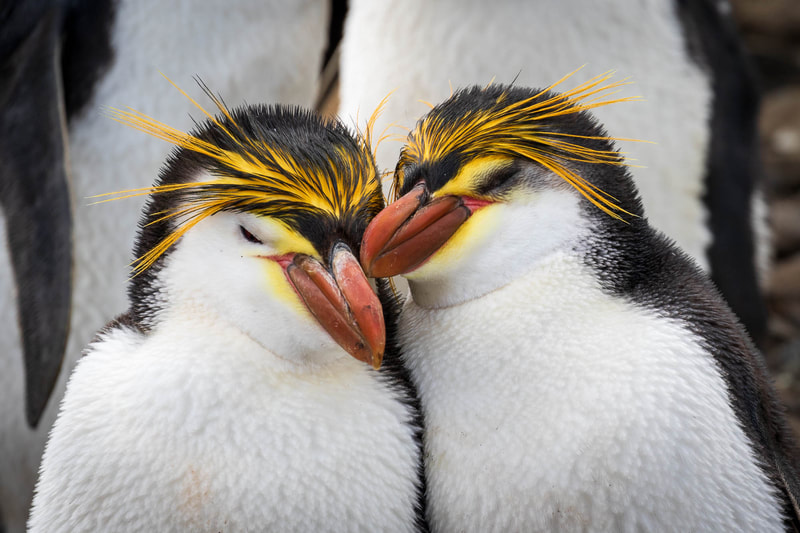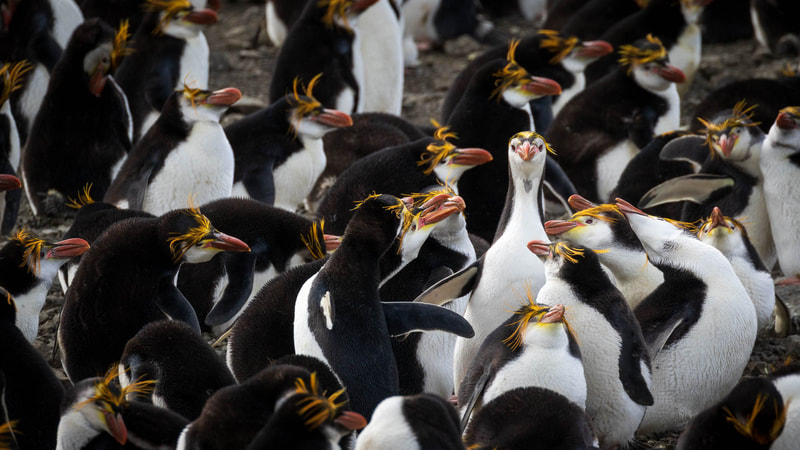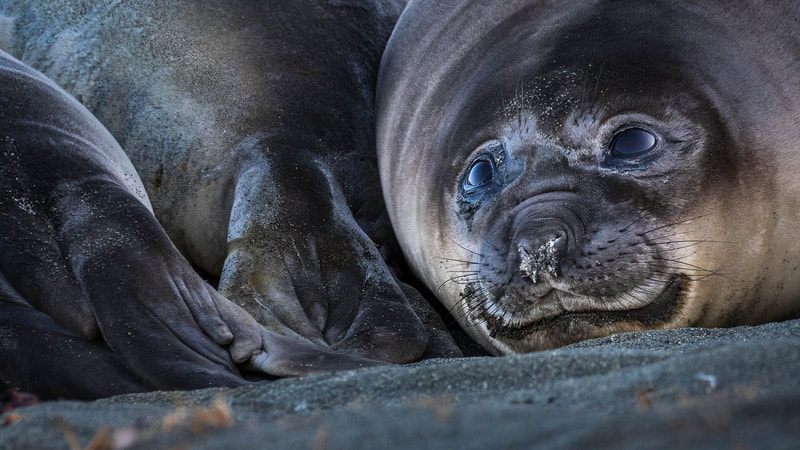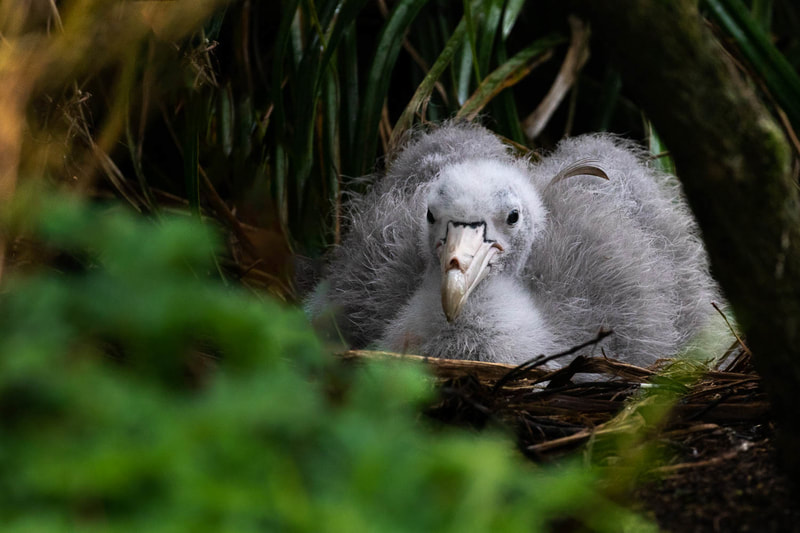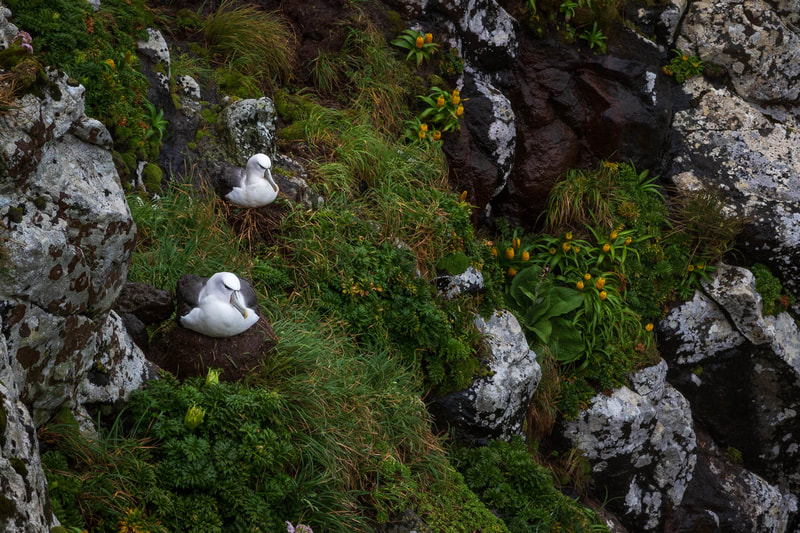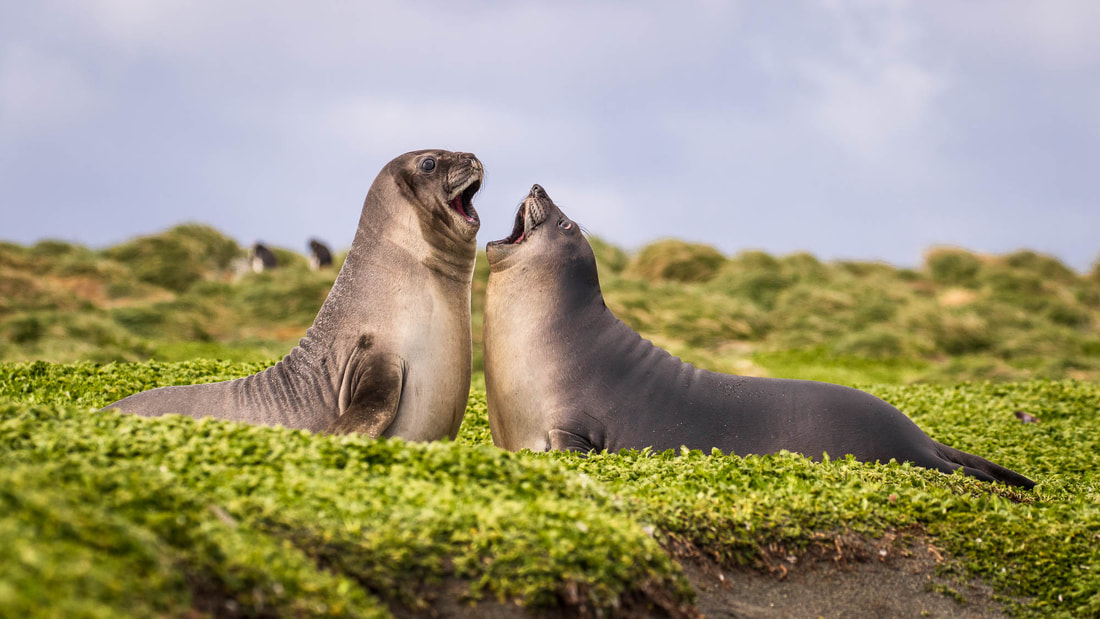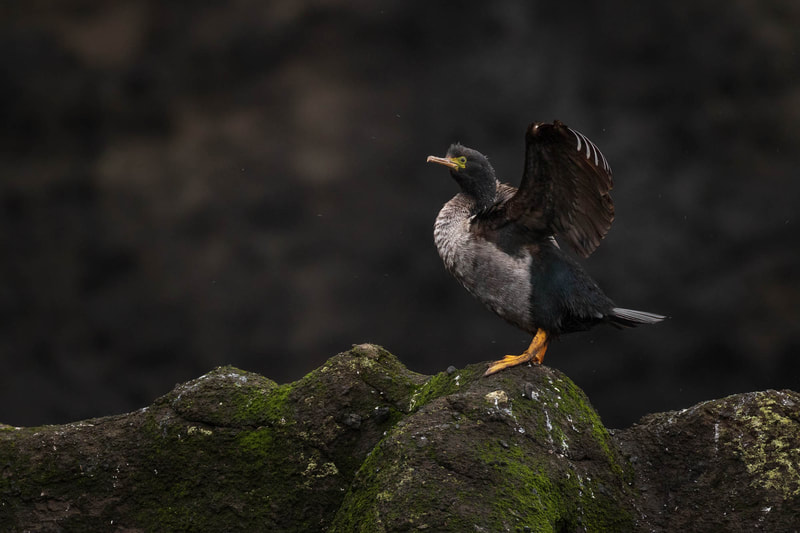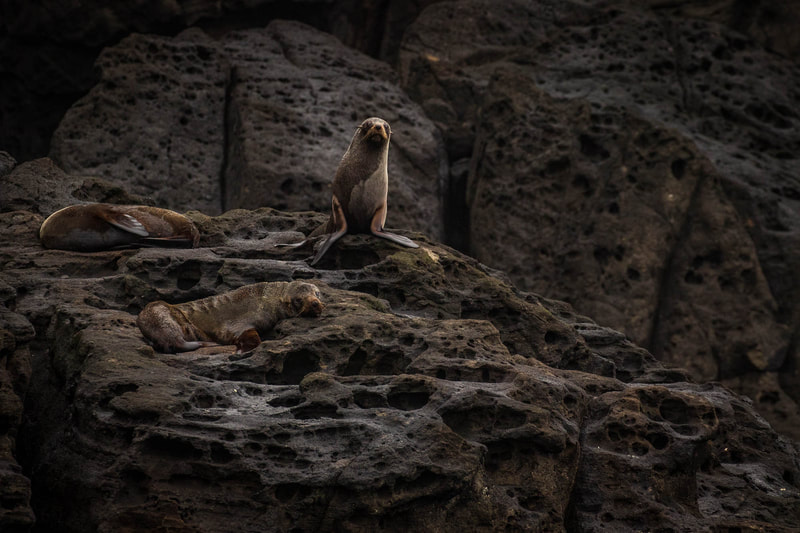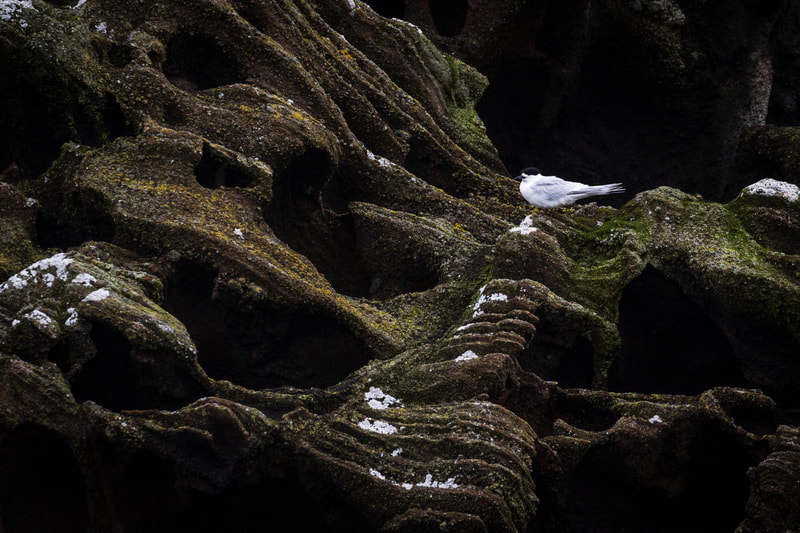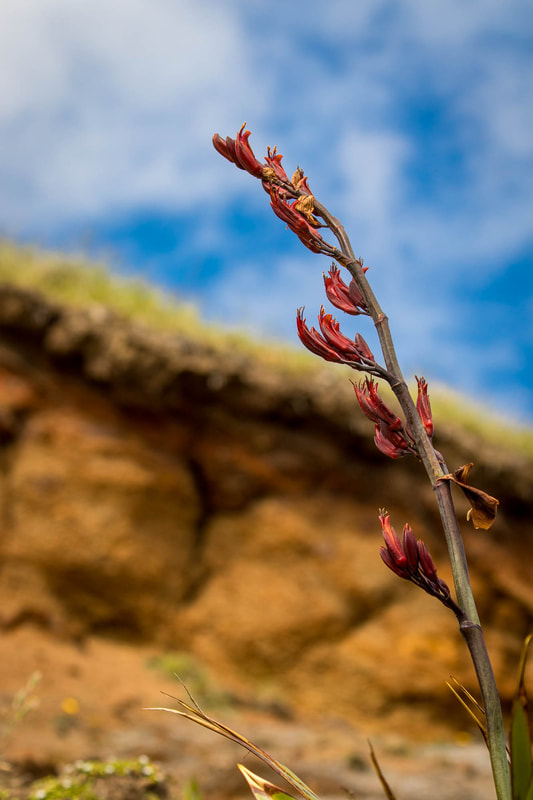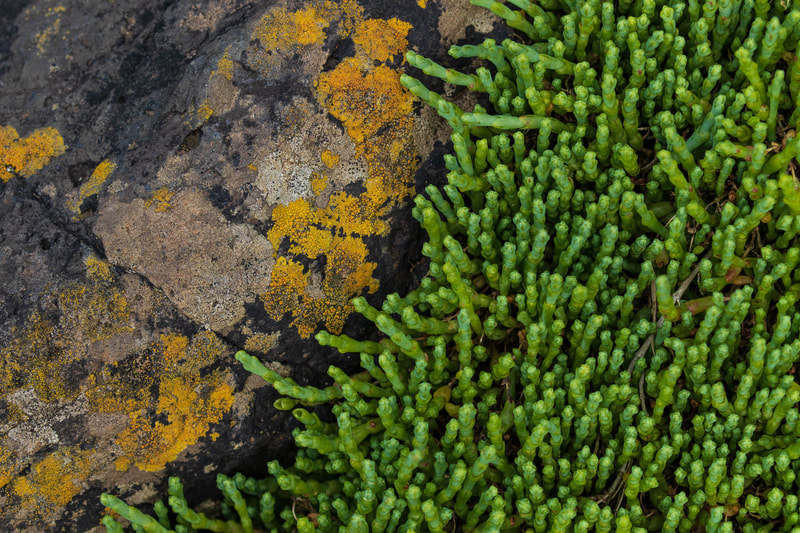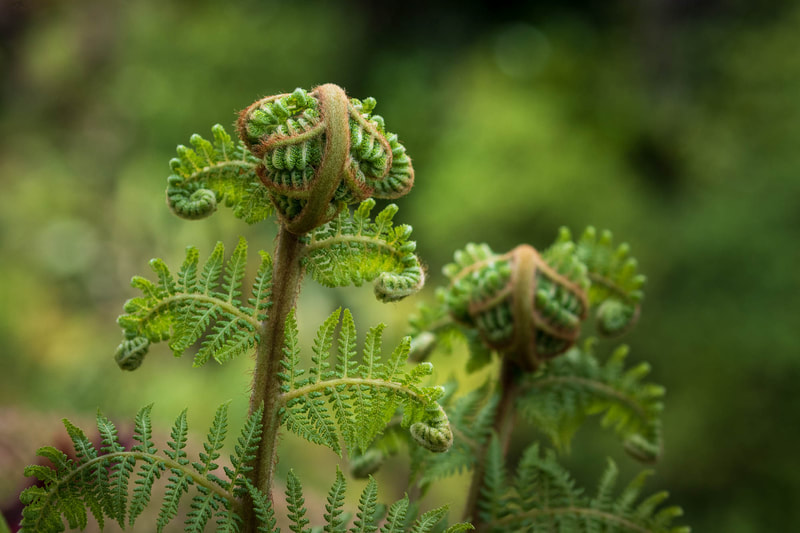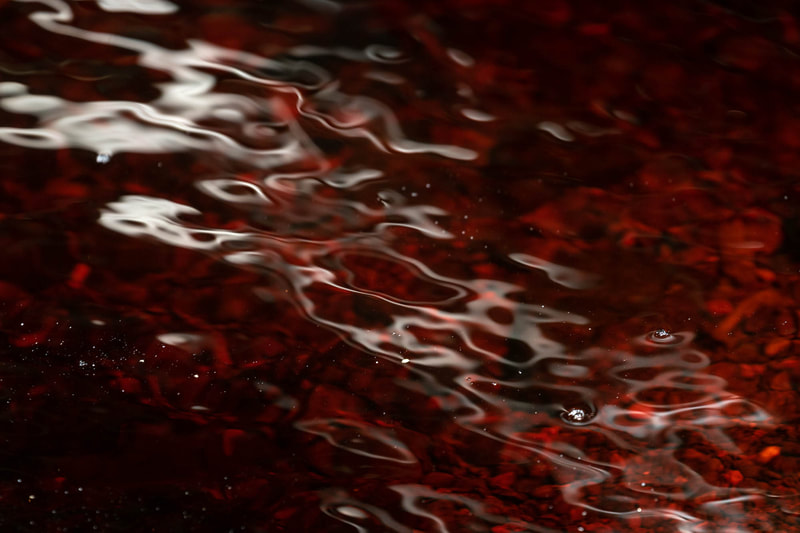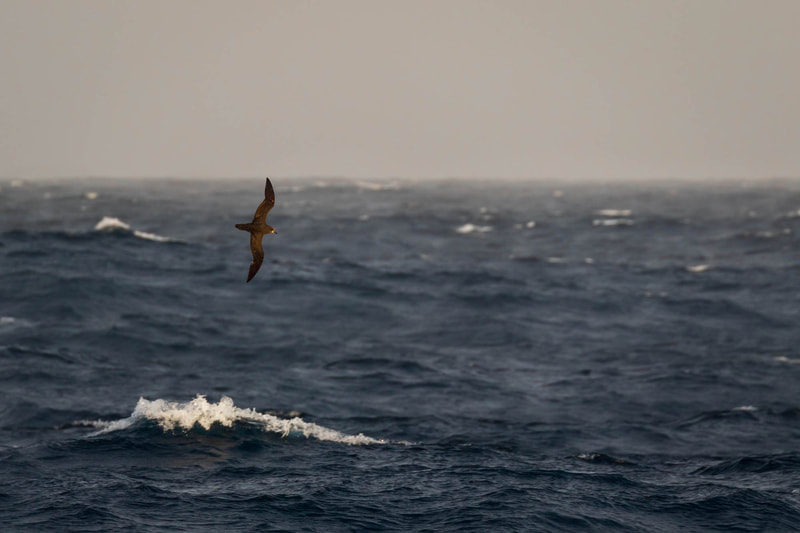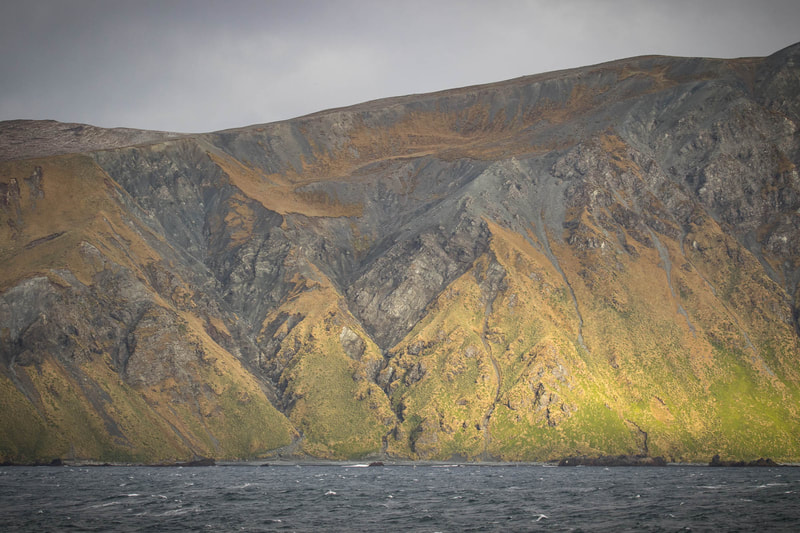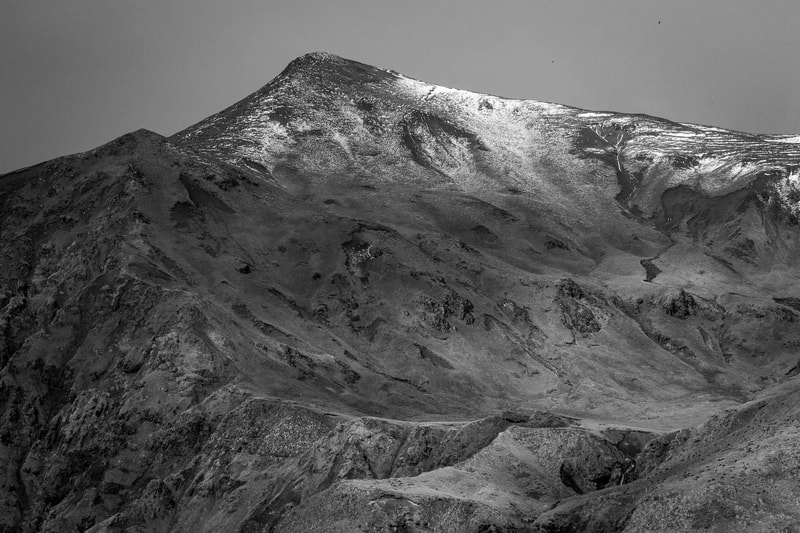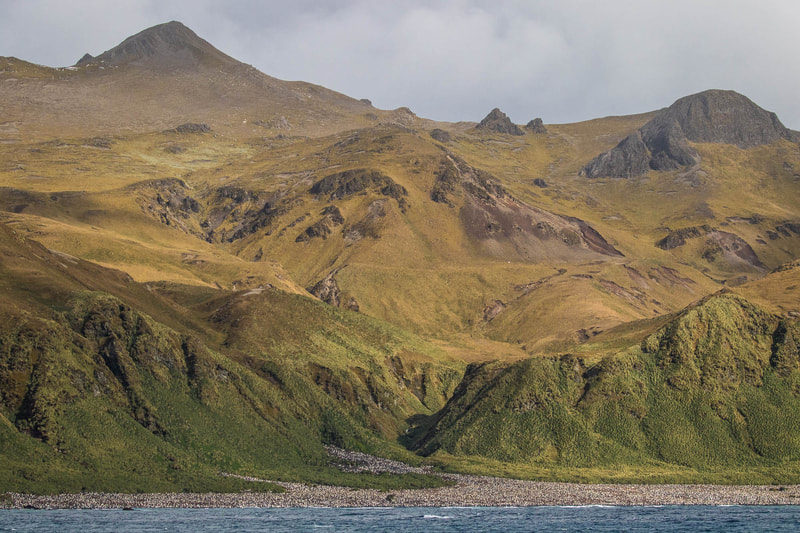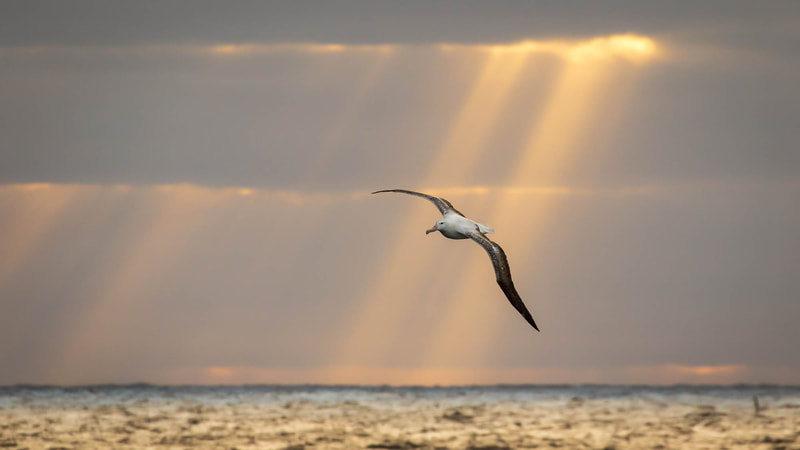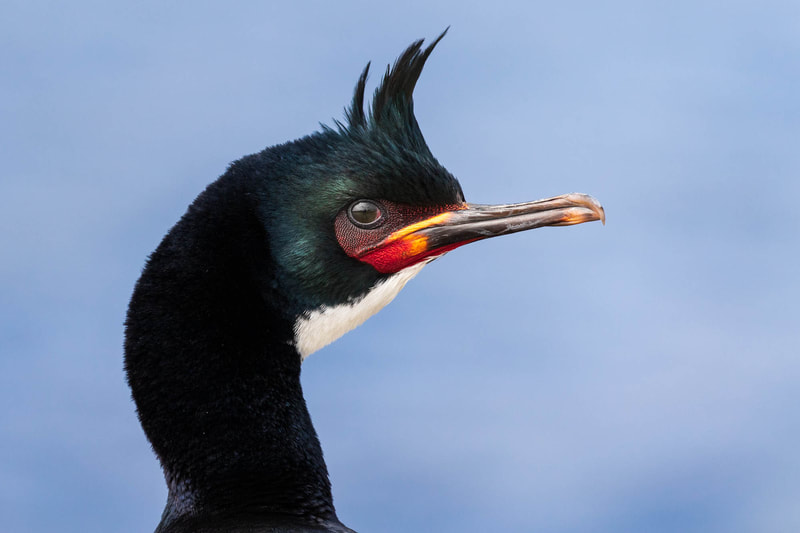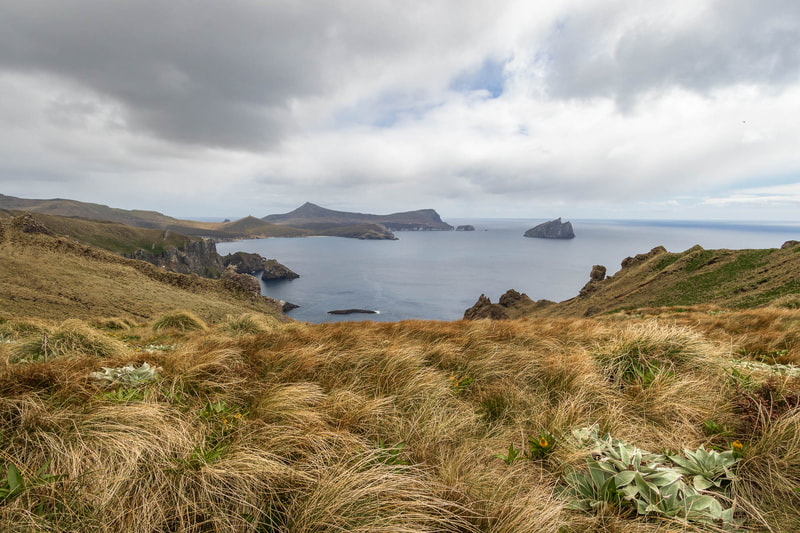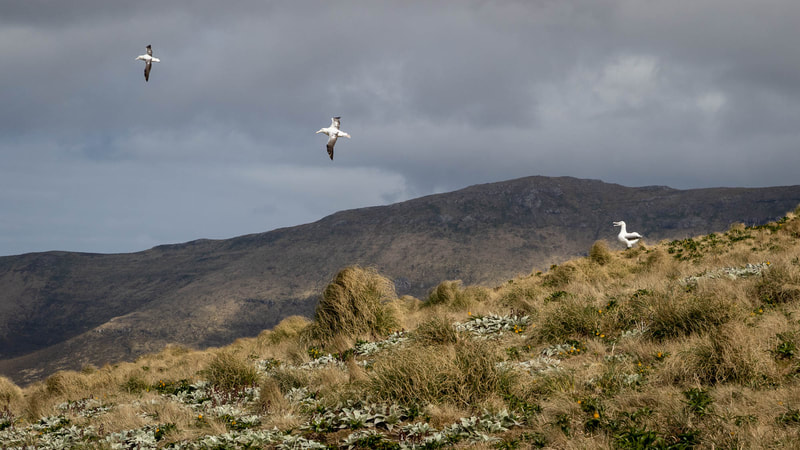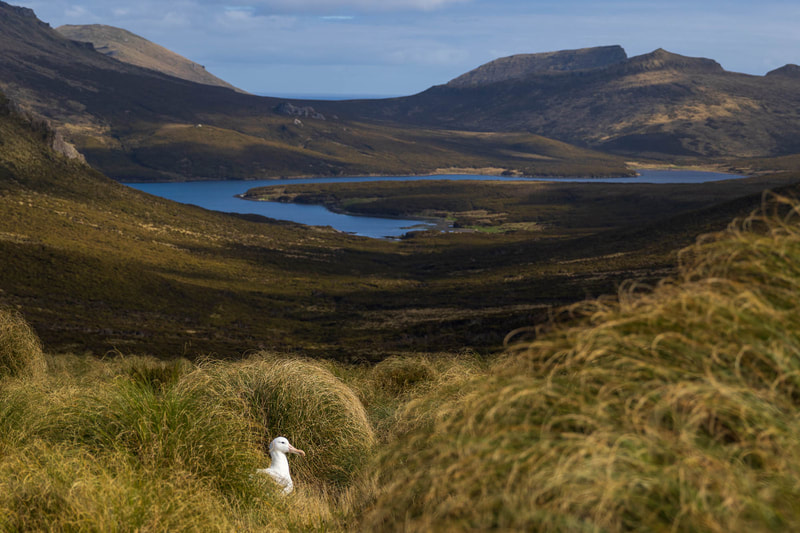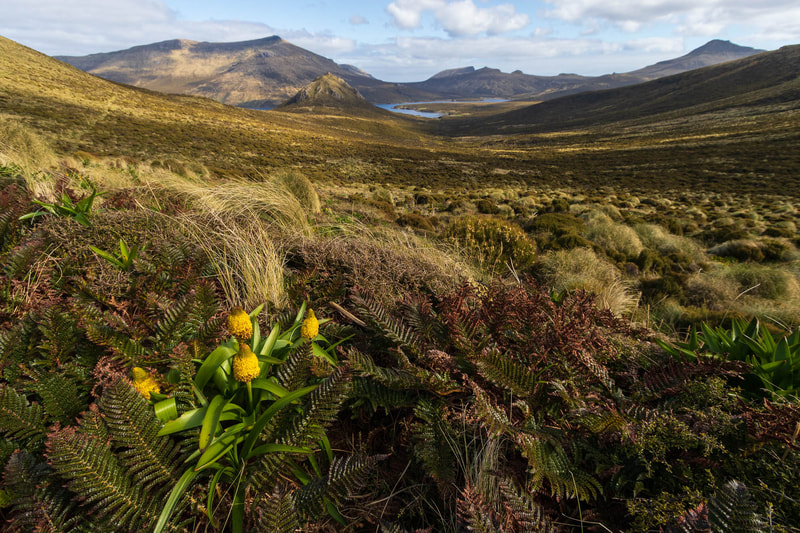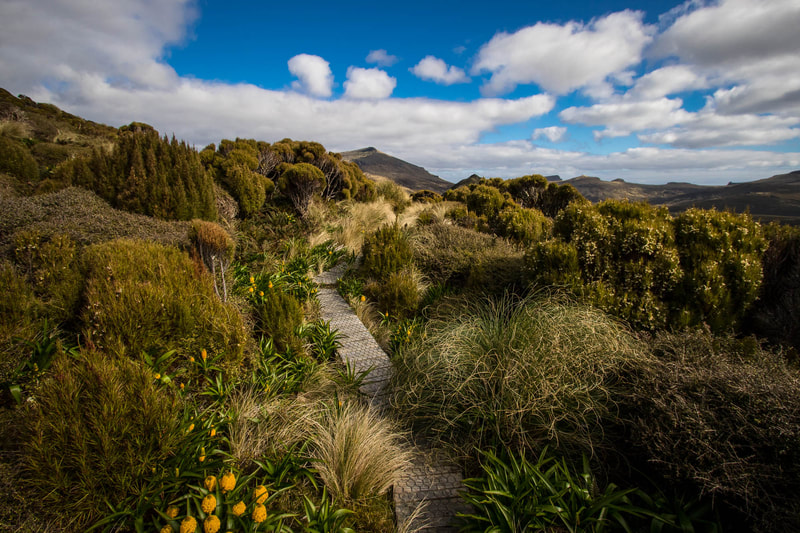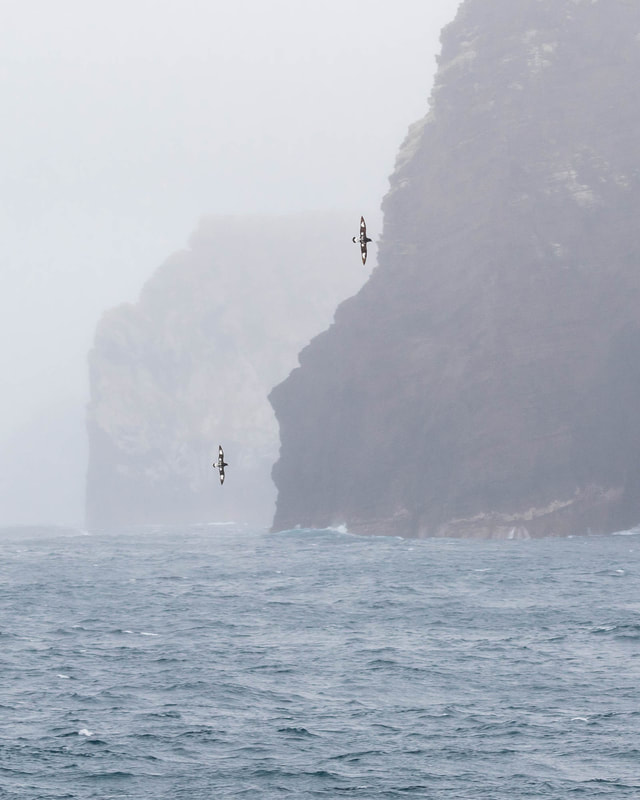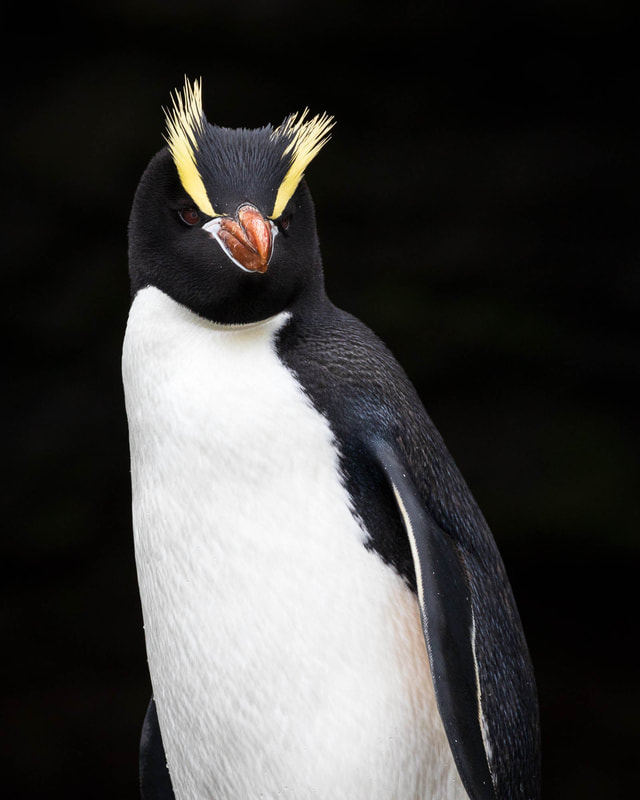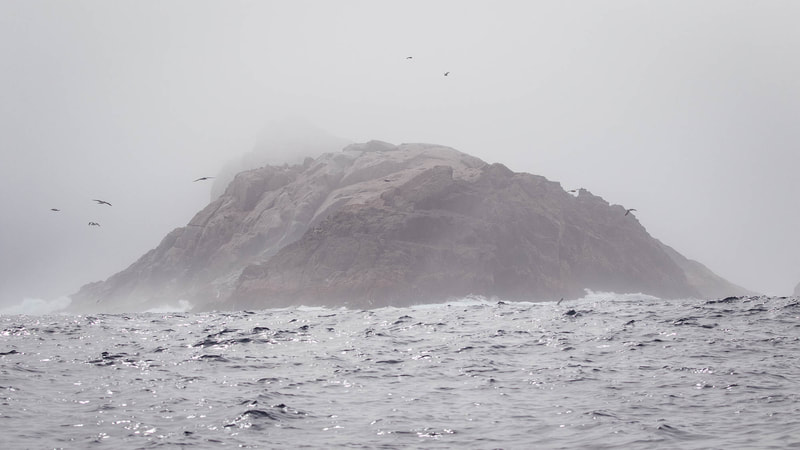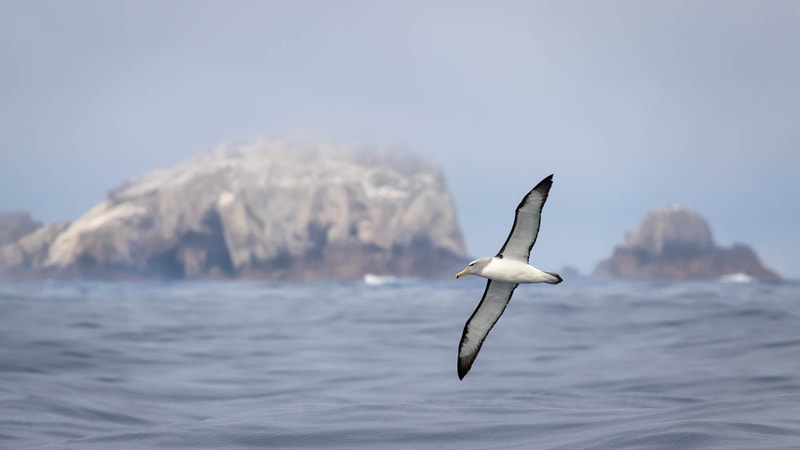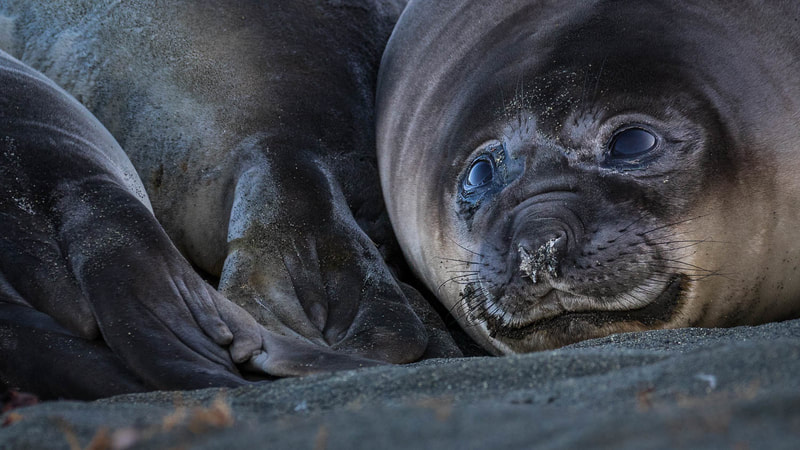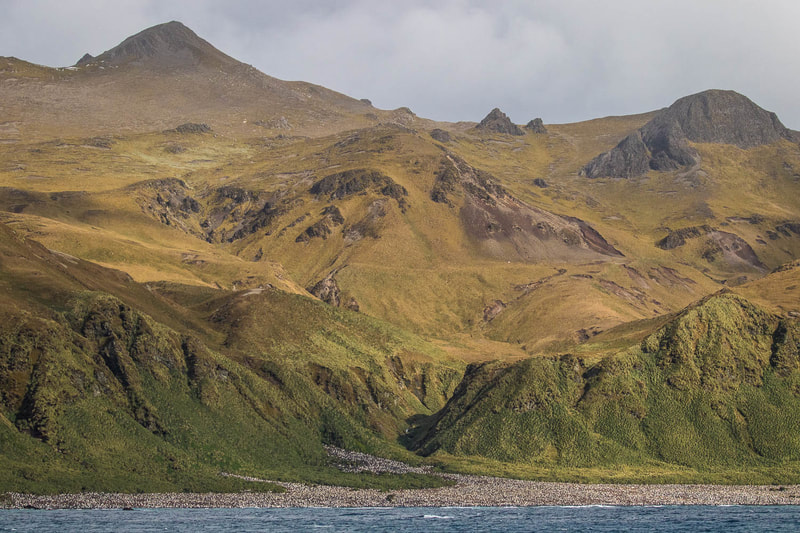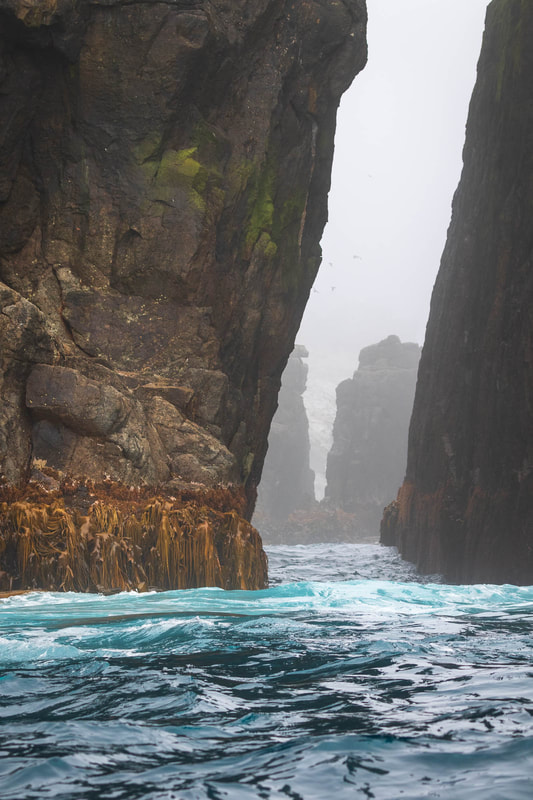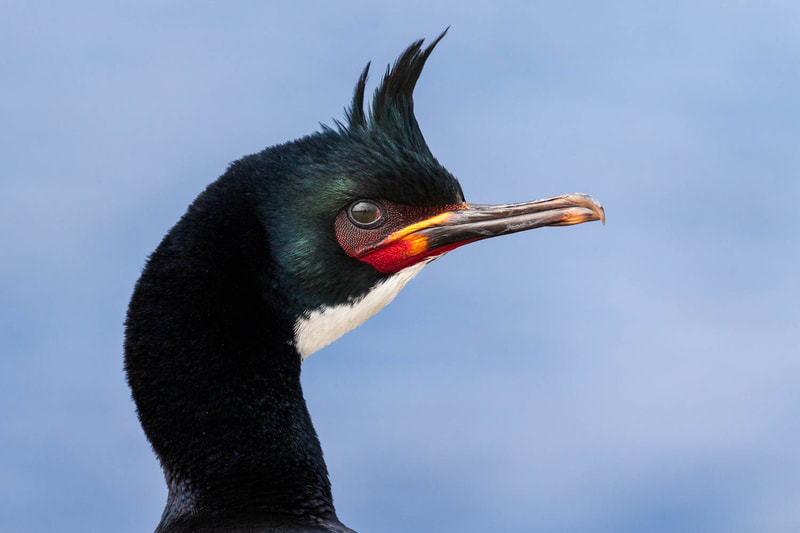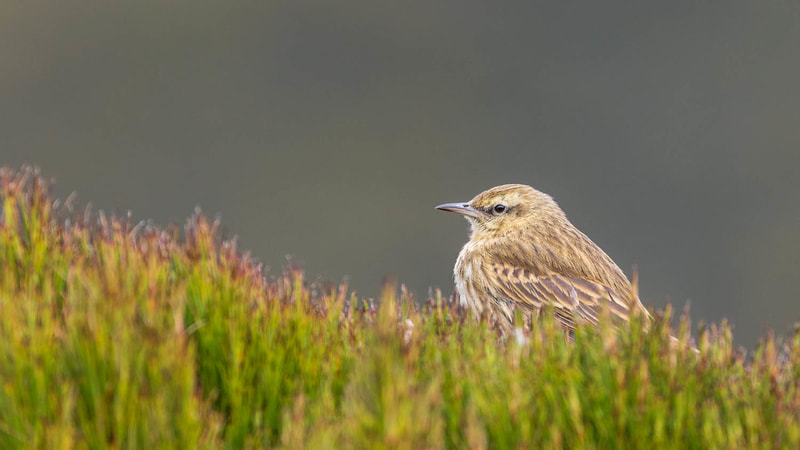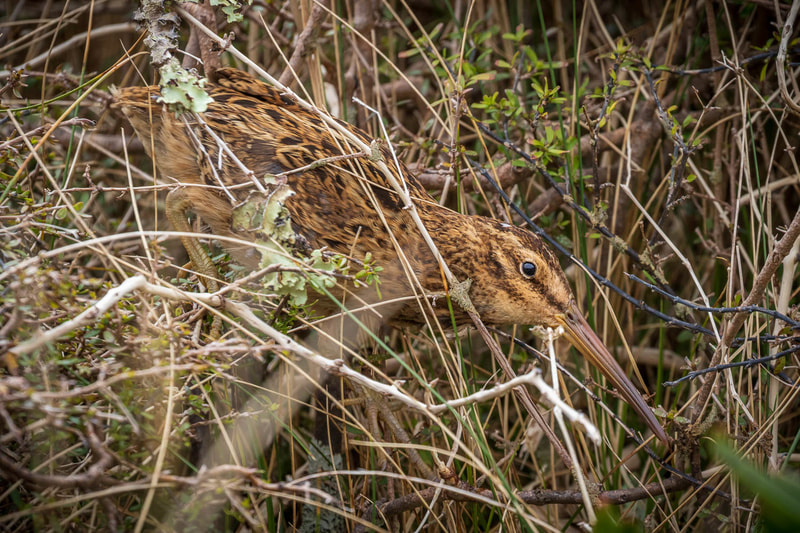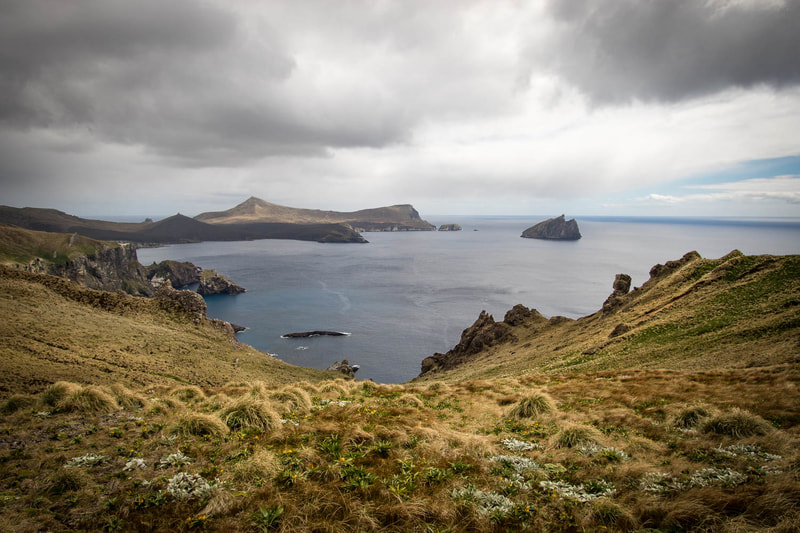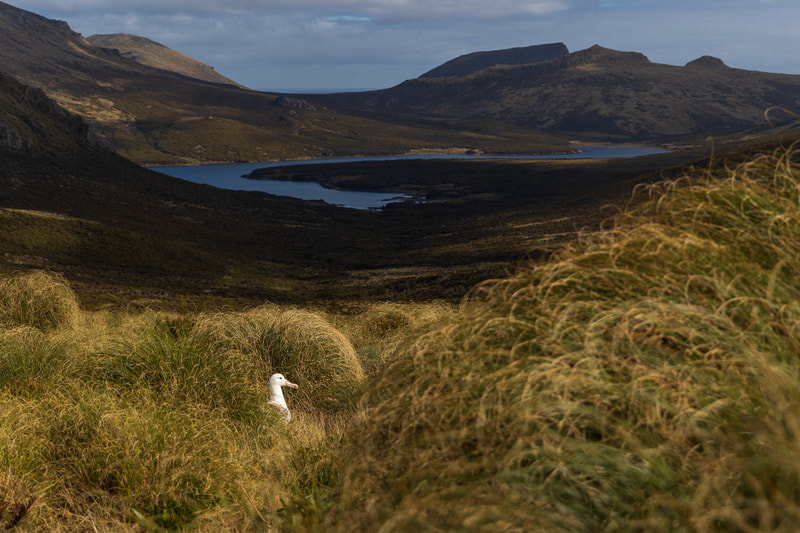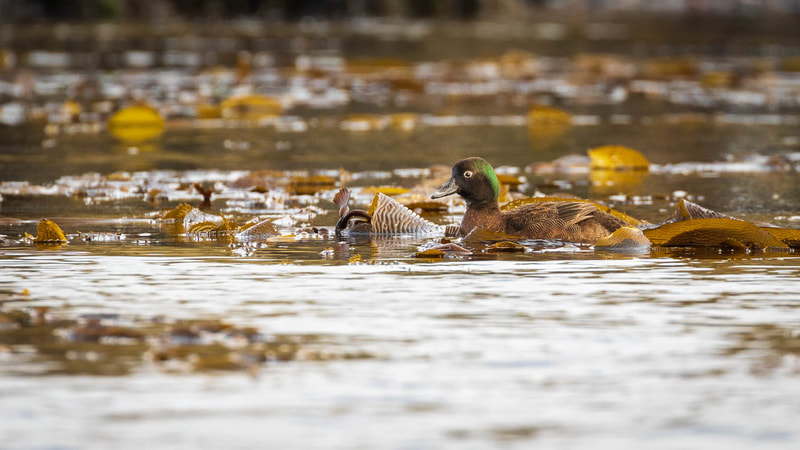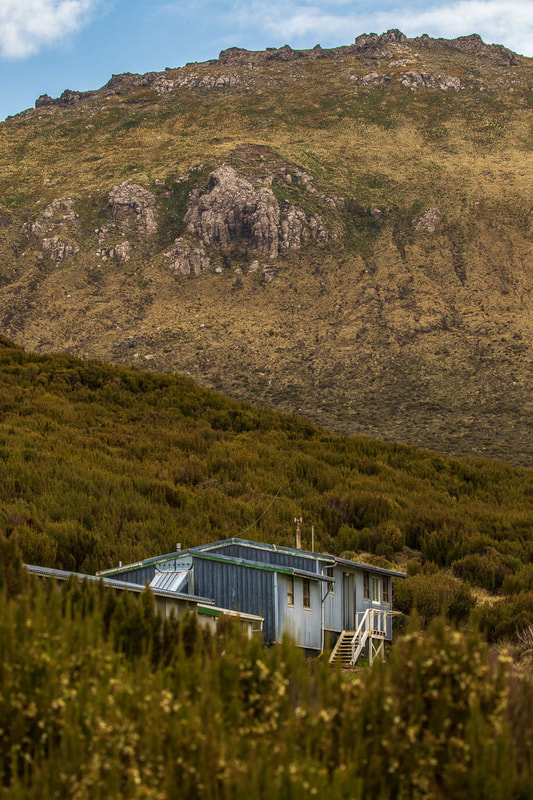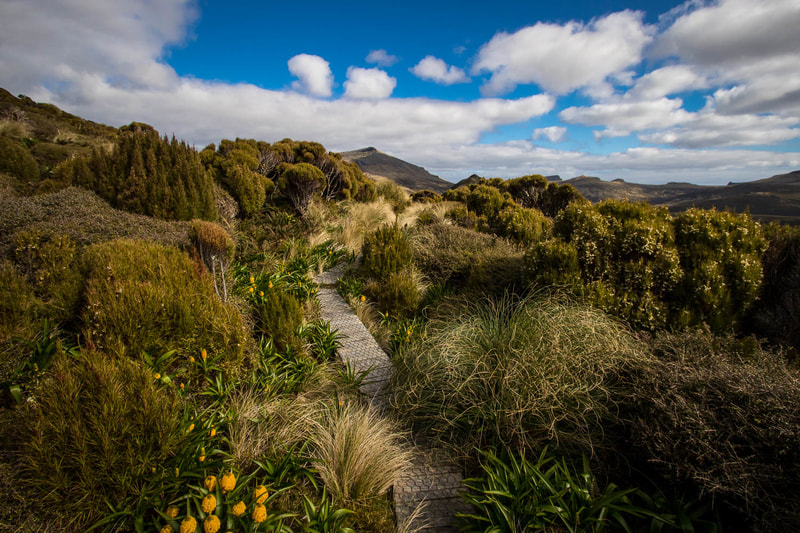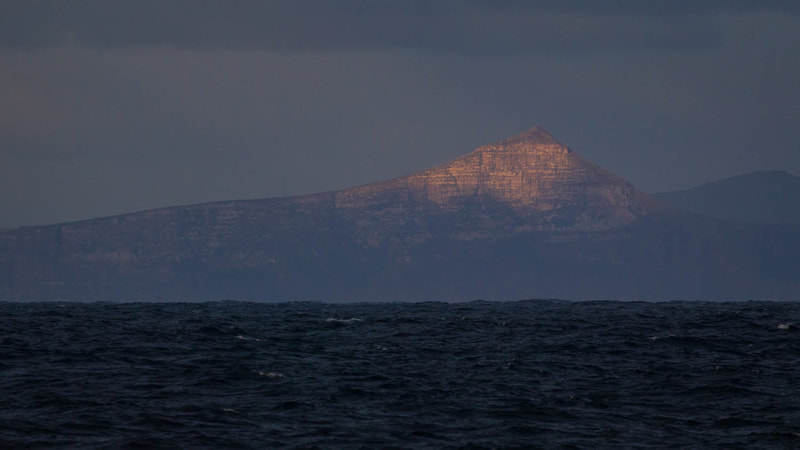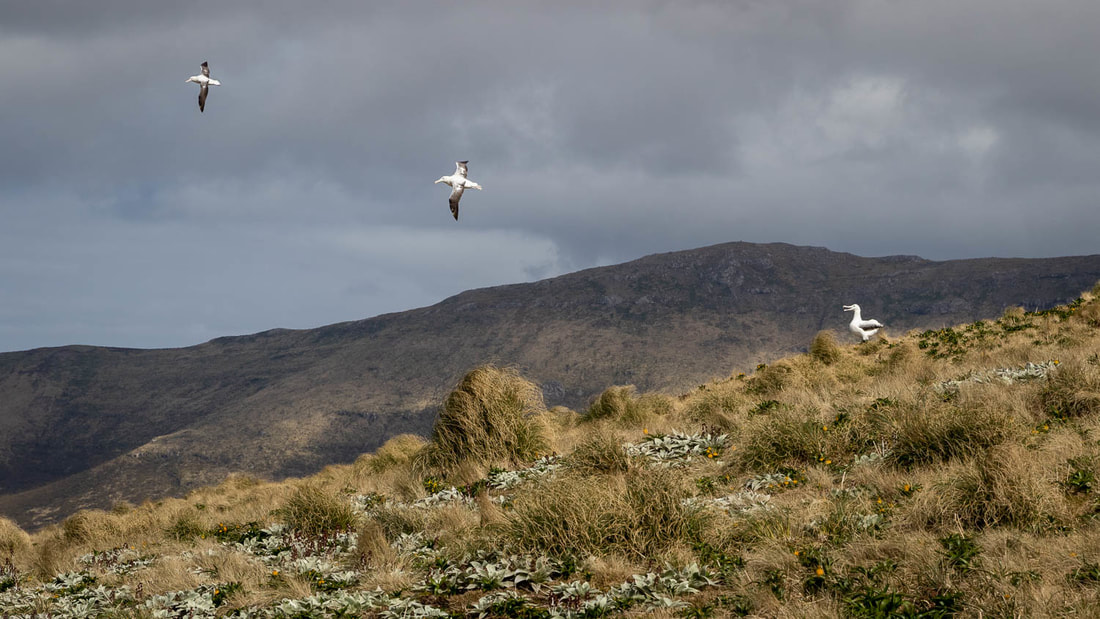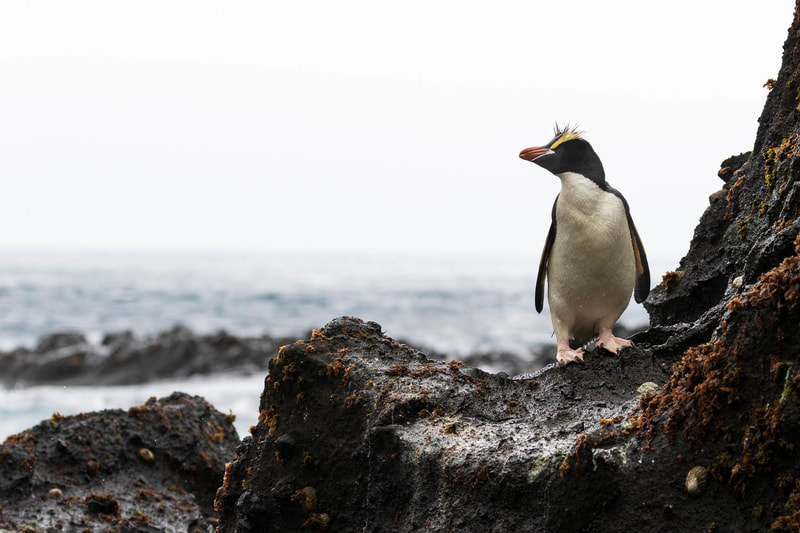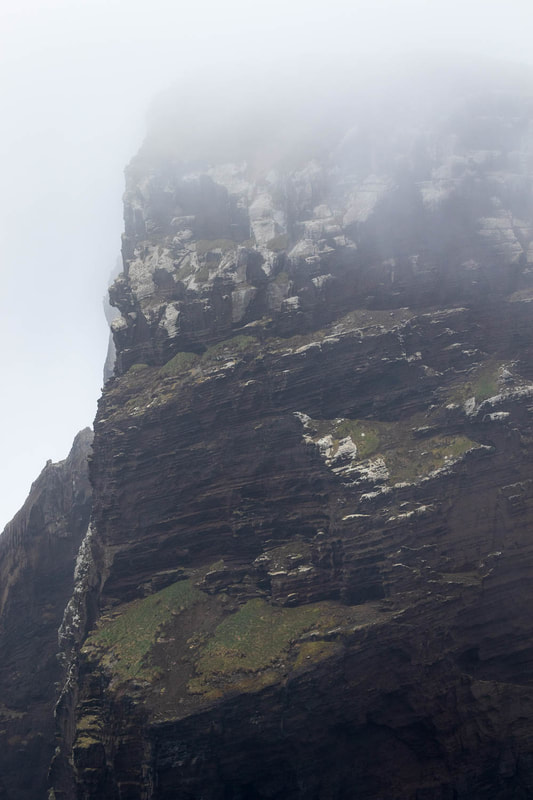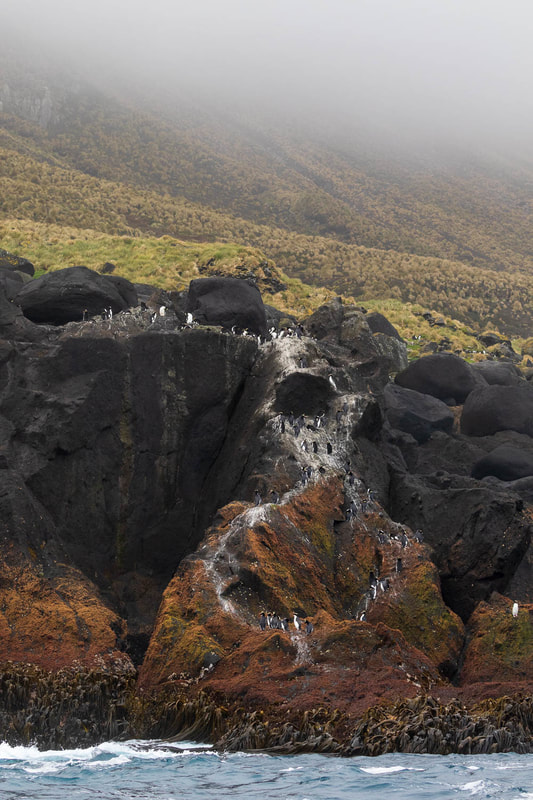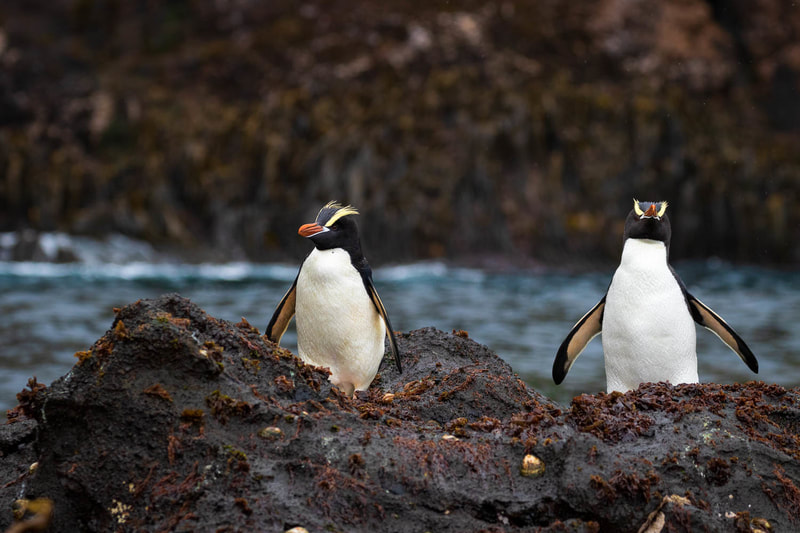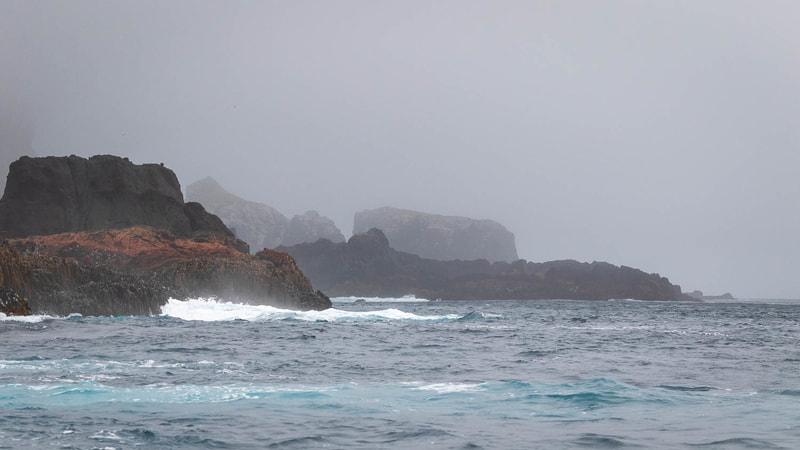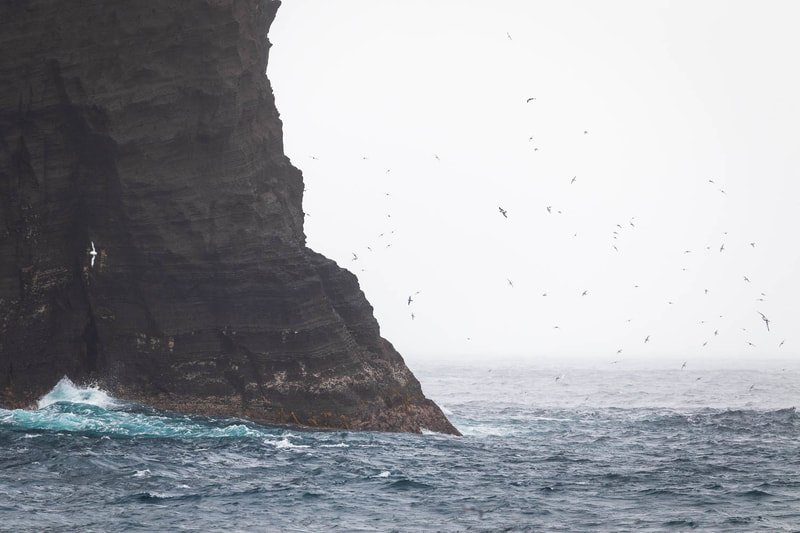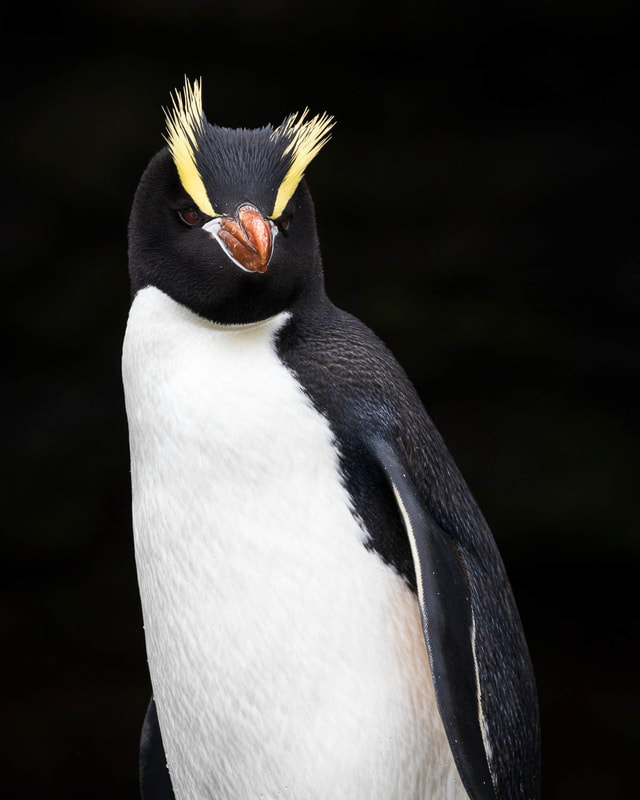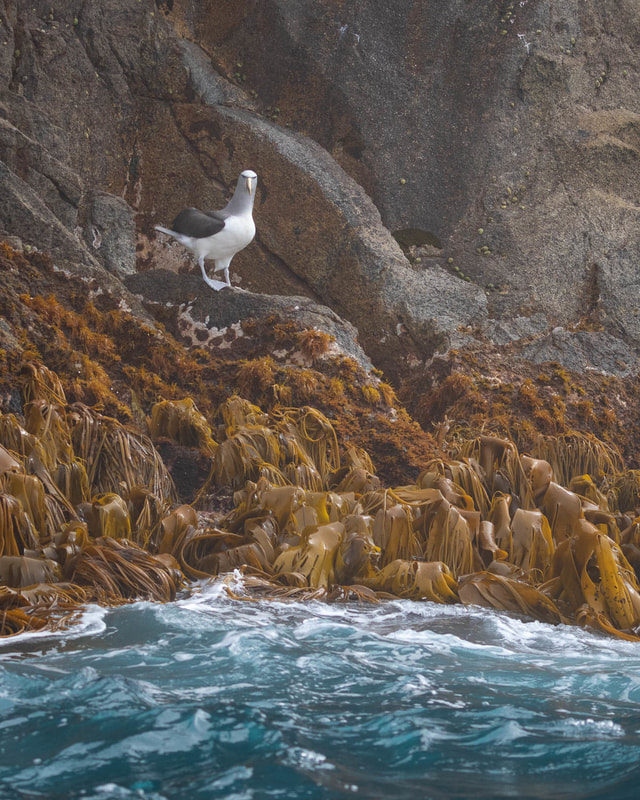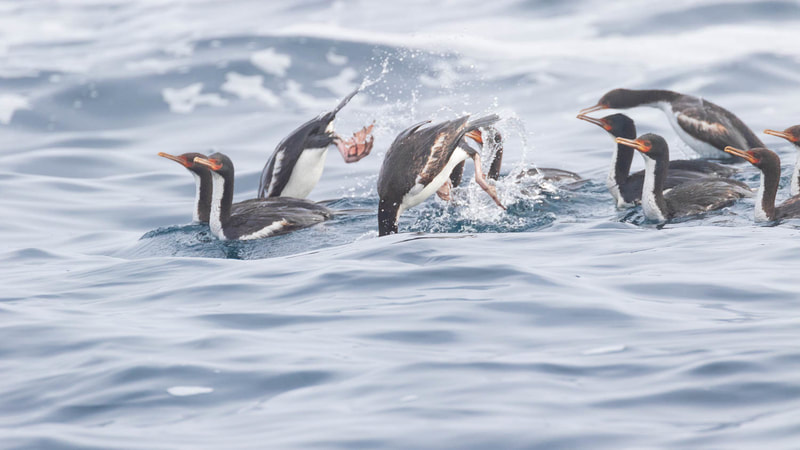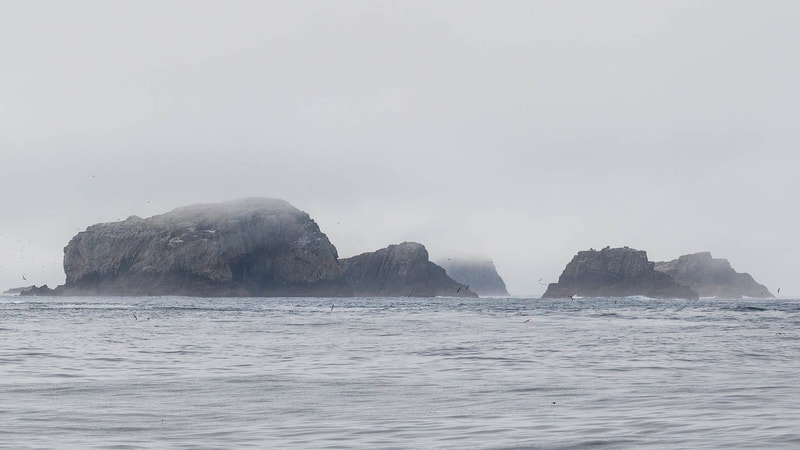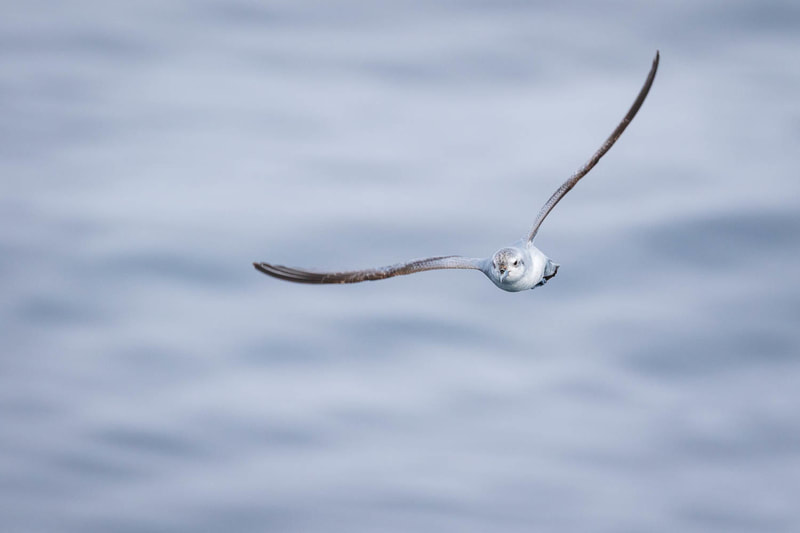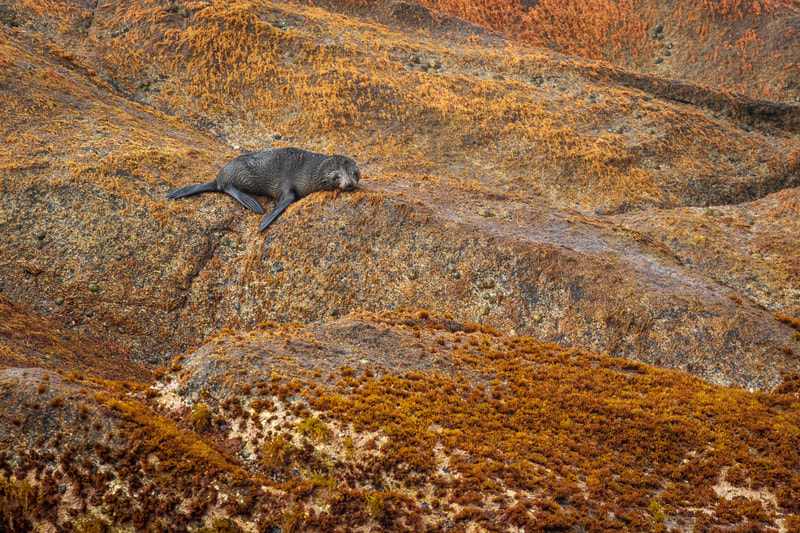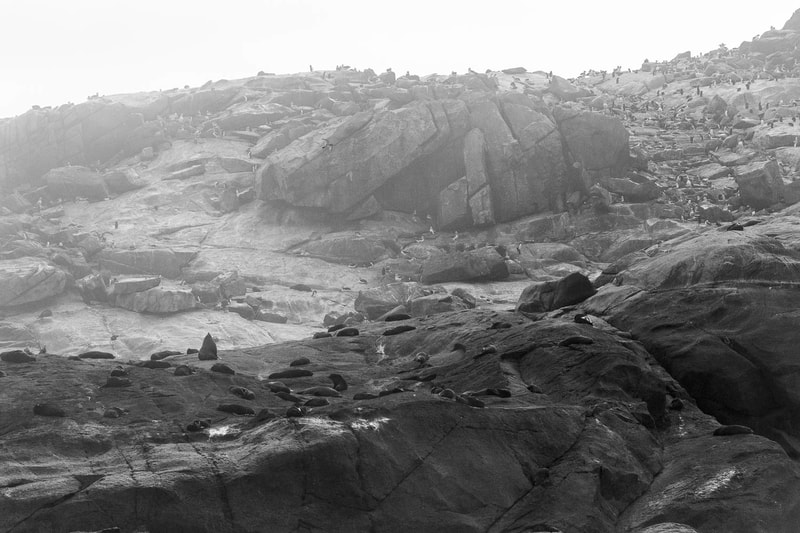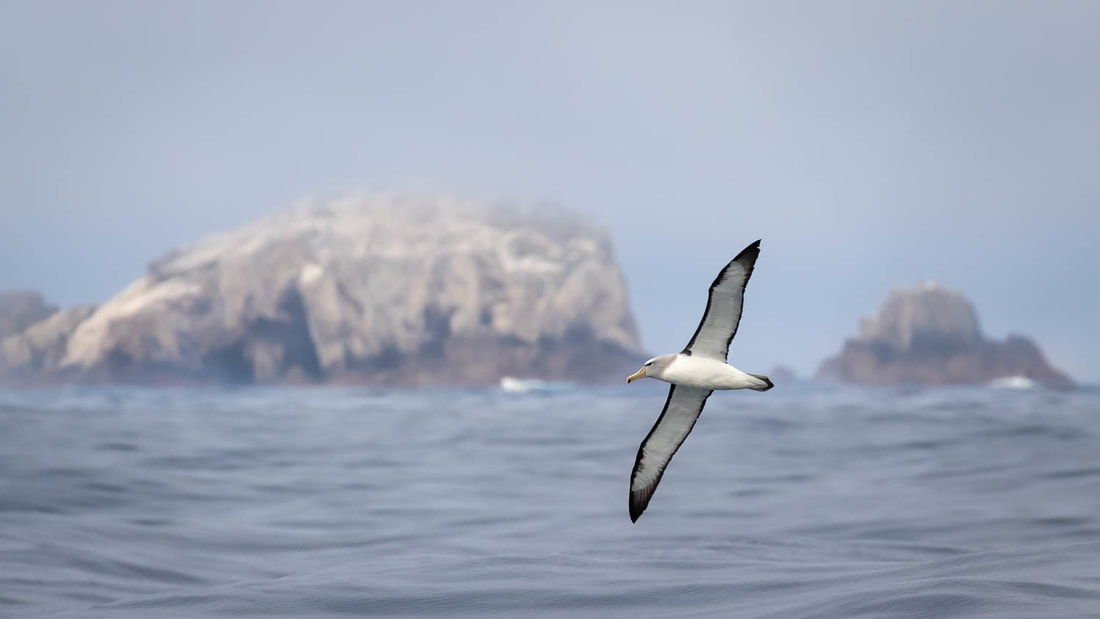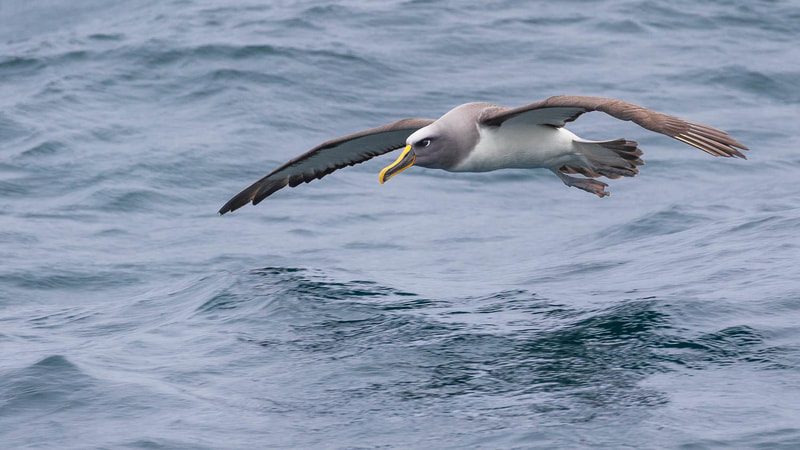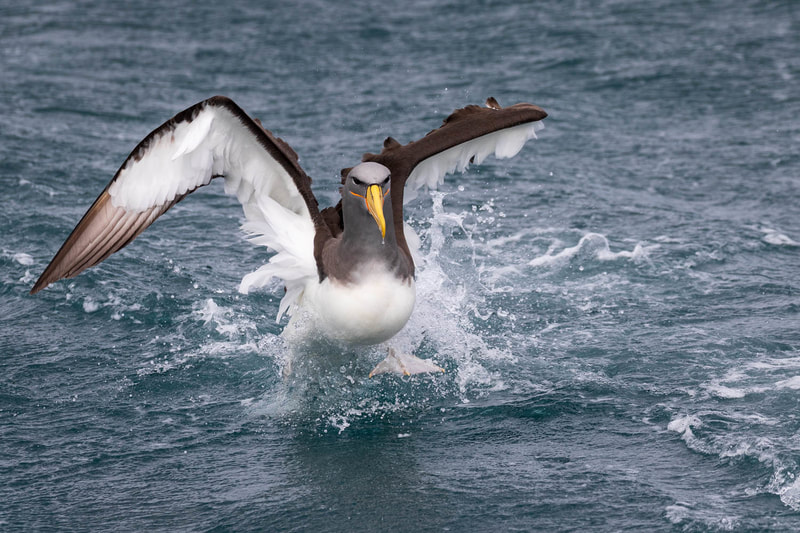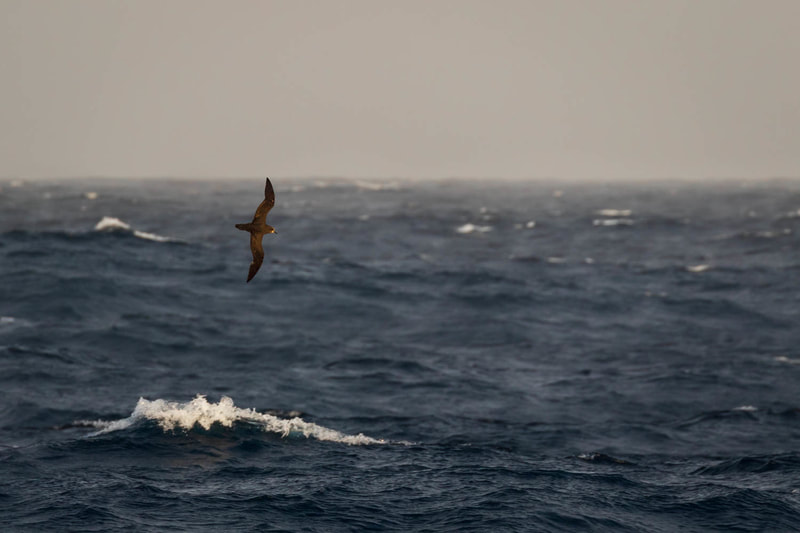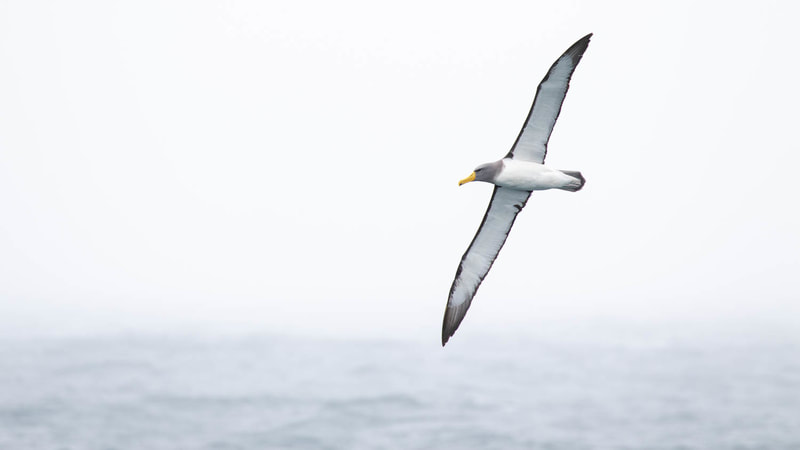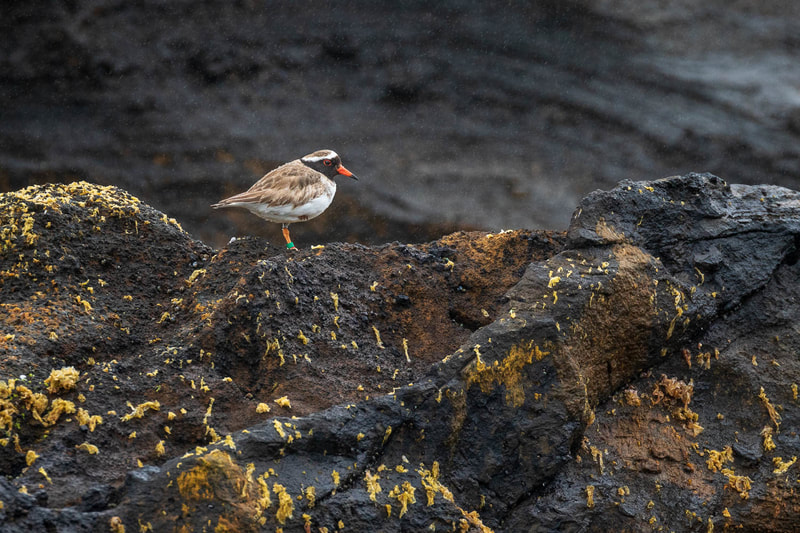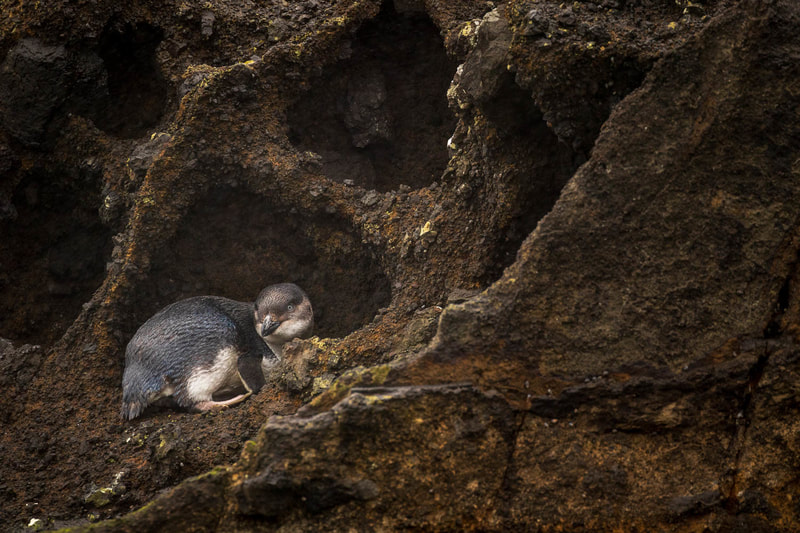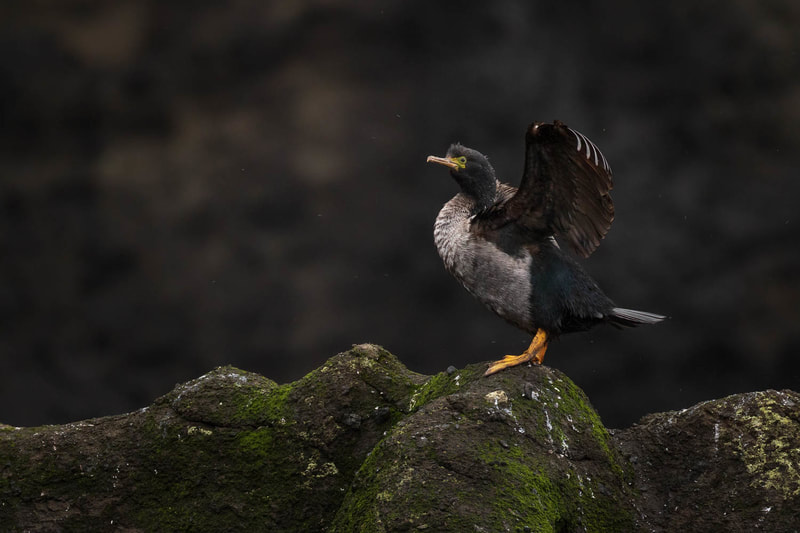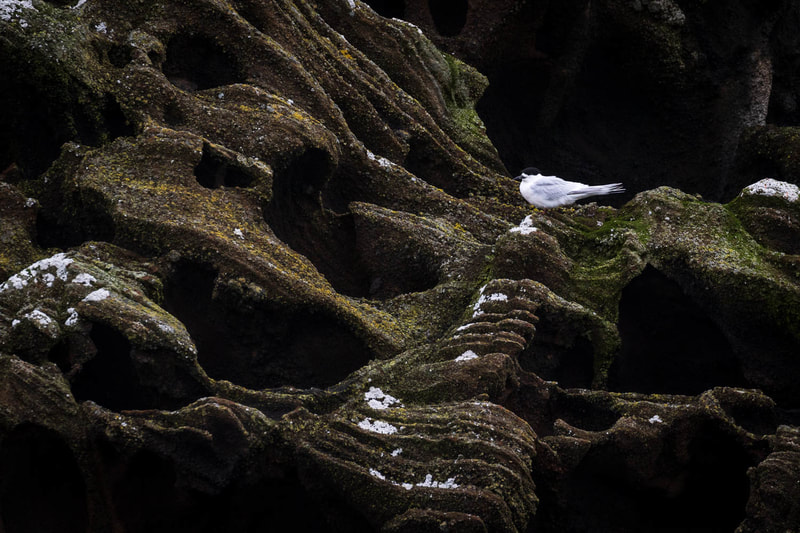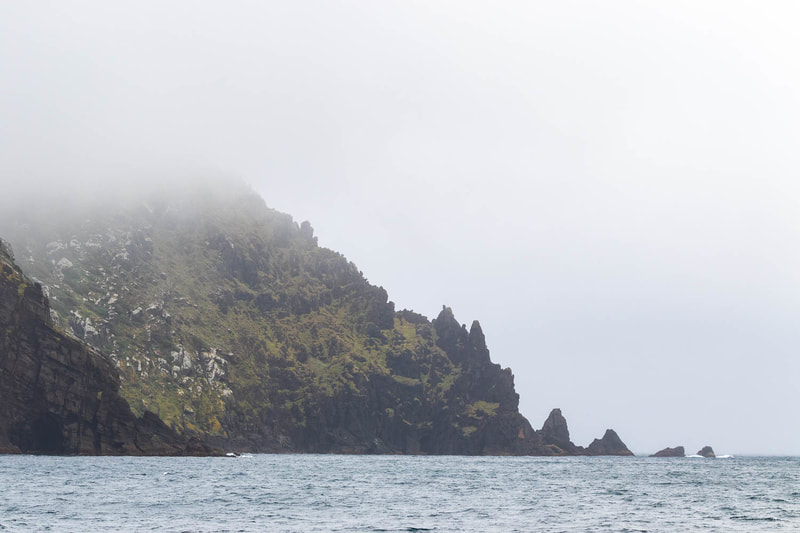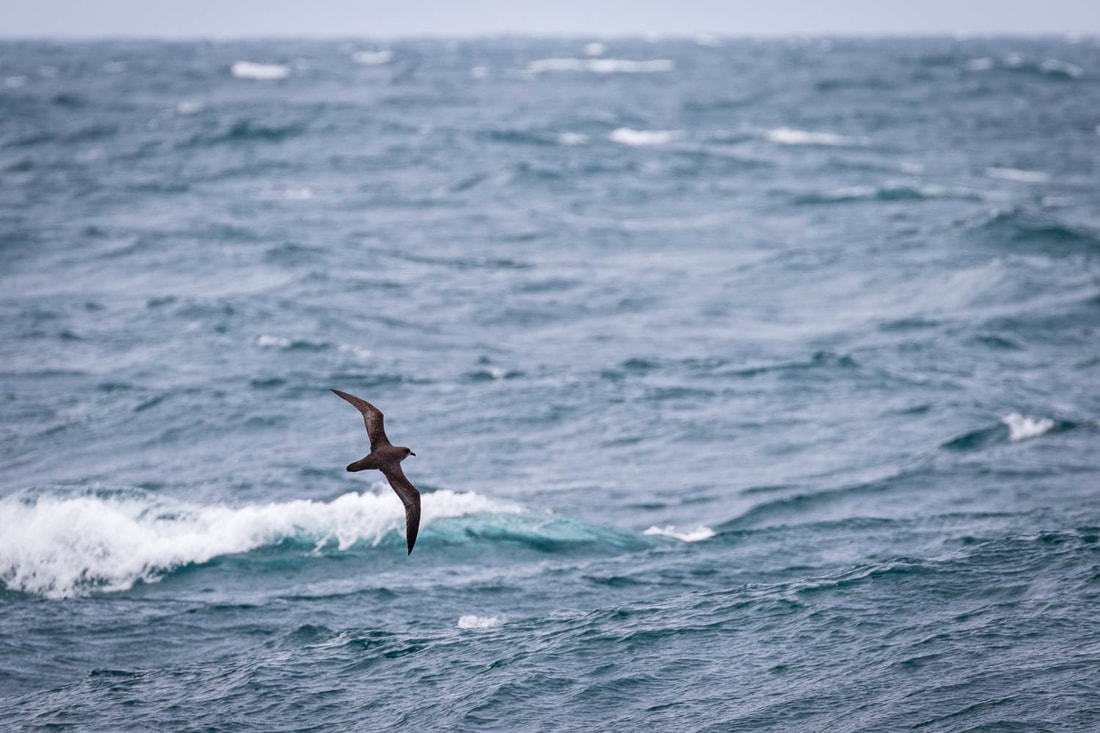SUBANTARCTICA
In November 2018, I embarked on a cruise-expedition to the Subantarctic islands of New Zealand and Australia, with Heritage Expedition. Hopping from island to island, we discovered a wild world under threat from introduced pests, fishing and global warming. Penguins, whales and albatrosses offered the most spectacular views, along with endemic snipe and parakeet species, and 10 Magenta petrels, the rarest seabird of the planet.
In my photography, I put a special emphasis on including the bird's environment, to show the places where they live, the conditions they encounter. Whenever possible, I also tried to zoom closer to show the details and the attitudes.
Many of these species are only seen by a handful of people; a few selected photographs will be made available under a Creative Commons license, so that more people can see these birds.
Below is a short photo summary of our endeavours. CONTACT ME if you're interested in publishing this story.
In my photography, I put a special emphasis on including the bird's environment, to show the places where they live, the conditions they encounter. Whenever possible, I also tried to zoom closer to show the details and the attitudes.
Many of these species are only seen by a handful of people; a few selected photographs will be made available under a Creative Commons license, so that more people can see these birds.
Below is a short photo summary of our endeavours. CONTACT ME if you're interested in publishing this story.
The Snares
Pest-free islands, no landing allowed.
Notable species: Snares penguin, Buller's albatross, "black" Tomtit (subspecies)
Habitat: low islands, daisy trees
Notable species: Snares penguin, Buller's albatross, "black" Tomtit (subspecies)
Habitat: low islands, daisy trees
featured image
When cruising along the shore, kelp was everywhere, and so were penguins. Both are very photogenic subjects, colorful and with interesting textures. It was very natural to pair them in a photo, and these three alignments on top of each other work particularly well.
Read the story here
Read the story here
Auckland Islands
Places: Enderby Island, Musgrave Inlet, Carnley Harbour.
Landings on Enderby and the main island
Notable species: Southern royal albatross, Light-mantled albatross, Yellow-eyed penguin, New Zealand pipit, Auckland snipe
Habitat: sand and rock beaches, rata forest, tussocks, megaherbs
Landings on Enderby and the main island
Notable species: Southern royal albatross, Light-mantled albatross, Yellow-eyed penguin, New Zealand pipit, Auckland snipe
Habitat: sand and rock beaches, rata forest, tussocks, megaherbs
featured image
Albatrosses, like penguins, are iconic birds. In flight, they are very elegant, but they look very clumsy when they are on land. However, come a bit of wind and they are in the air in a second, once again majestic, almost surreal.
Read the story here
Read the story here
Macquarie Island
Landings at the Isthmus (scientific station) and Sandy Bay
Notable species: King penguin, Royal penguin, Southern elephant seal, Southern giant petrel, Macquarie shag
Habitat: tussock plateau, rocky beaches
Notable species: King penguin, Royal penguin, Southern elephant seal, Southern giant petrel, Macquarie shag
Habitat: tussock plateau, rocky beaches
featured image
Since they enjoy full protection, penguins on Macquarie Island have not learnt to fear humans. Rather than flee us, they came closer to inspect us and our gear. There are not many opportunities to use a wide-angle lens in wildlife photography, but I'm glad I had one that day.
Read the story here
Read the story here
Campbell Island
Mountainous, pest-free island.
Notable species: Southern royal albatross, Campbell shag, Campbell teal, New Zealand pipit, Subantarctic snipe
Habitat: moutains, tussocks, megaherbs
Notable species: Southern royal albatross, Campbell shag, Campbell teal, New Zealand pipit, Subantarctic snipe
Habitat: moutains, tussocks, megaherbs
featured image
Campbell Island is the main breeding ground for Southern royal albatrosses. After climbing in the mountain, we witnessed their calls and their circling flight, in a moment of pure magic. These birds are closely associated with the sea, but it was a delight to see them in such a picturesque setting.
Read the story here
Read the story here
Antipodes Islands
Pest-free islands, no landing allowed.
Notable species: Erect-crested penguin, Antipodes parakeet, Reischek's parakeet
Habitat: rocky shores, tussocks
Notable species: Erect-crested penguin, Antipodes parakeet, Reischek's parakeet
Habitat: rocky shores, tussocks
featured image
Geology in all the Subantarctic Islands is fascinating, and more than once we could work with pitch-black backgrounds made of volcanic rock. They fit quite well these crested penguins, emphasizing the color of the crest and beak.
Read the story here
Read the story here
Bounty Islands
Pest-free islands, no landing allowed.
Notable species: Erect-crested penguin, Salvin's albatross, Fulmar prion, Bounty shag
Habitat: rocks jutting out of the ocean, only one species of vascular plant
Notable species: Erect-crested penguin, Salvin's albatross, Fulmar prion, Bounty shag
Habitat: rocks jutting out of the ocean, only one species of vascular plant
featured image
The Bounty are the epicenter of Salvin's albatross population, so I was delighted to capture one of these birds with the characteristic silhouette of these austere islands behind.
Read the story here
Read the story here
Chatham Islands
Technically not part of the Subantarctic Islands, but included here as they were part of the voyage.
Some pest-free islands, some inhabited islands with pests.
Places: Pyramid Rock, South-East Island, main island, Mangere Islands. Landing on the main island.
Notable species: Chatham albatross, Buller's albatross, Magenta petrel, Chatham parakeet, Pitt shag, Little penguin
Habitat: varied, from abrupt rocky shores to green pastures and bush.
Some pest-free islands, some inhabited islands with pests.
Places: Pyramid Rock, South-East Island, main island, Mangere Islands. Landing on the main island.
Notable species: Chatham albatross, Buller's albatross, Magenta petrel, Chatham parakeet, Pitt shag, Little penguin
Habitat: varied, from abrupt rocky shores to green pastures and bush.
featured image
This is one of the 10 Magenta petrels we saw over the course of three days. Even though it was a touristic expedition, we went to seldom visited places, and had phenomenally rare sightings. Not many peple have seen so many Magentas in their life! Such observations are a proof that the hard conservation work done by the Taiko Trust on the Chathams is successful.
Read the story here
Read the story here
Contact me if you wish to publish this story!
All pictures are mine. Do not use without authorization.

